 Abraham Lincoln
If given the truth, the people can be depended upon to meet any national crisis...
Abraham Lincoln
If given the truth, the people can be depended upon to meet any national crisis...
 Guildford news...
for Guildford people, brought to you by Guildford reporters - Guildford's own news service
Guildford news...
for Guildford people, brought to you by Guildford reporters - Guildford's own news service
Birdwatcher’s Diary No.145
Published on: 24 Sep, 2017
Updated on: 24 Sep, 2017
By Malcolm Fincham
Autumn had come early to Surrey, at least, that’s how it was feeling to me. A steady flow of birds were now passing through on migration.
From Wood Street Village, my friend Bob posted me a photo he had taken of a wheatear that had perched on his roof. Persevering persistent rainfall, ”it sat there for over two hours before the skies eventually cleared and it departed,” he said.
Elsewhere hirundines could be seen on a steady flow south too. Low pressure, for the most of the first week of September, pushed migrating house martins, sand martins and swallows low, to feed on flying insects.
A visit to Staines Reservoir on September 3 saw all three species, with some even settling on the concrete embankment as we watched from the gantry.
This made them easier to photograph as they flew by, sometimes at eye level.
Perched on the gantry-fencing, two wheatears sat.
We also picked out a few yellow wagtails among, the usual, numerous pied wagtails that were feeding along the grassier parts of the reservoir banks.
A linnet fed on the seed-heads of the weeds growing through the cracks in the concrete.
While another sat at the water’s edge washing.
On a stretch of water that still remained on the south basin a raft of ducks gathered. Among them we picked out a black-necked grebe.
On this occasion we were unable to ”clock” the little stint that had been present there and only had views of a curlew sandpiper that were too distant for my camera.
Two separate distant flocks of ringed plovers winged around the south basin.
We also picked out a few small flocks of dunlins.
They were probably agitated by a peregrine or even a merlin just a few days before, both of which had been reported there. Or possibly on this occasion by the sparrow hawk that circled above our heads.
A little later and seeming unperturbed, two dunlins walked close by along the water’s edge of the north basin.
The most unusual sighting for me was a great crested grebe. It had ”plonked” itself down on the muddy basin floor, as if in protest over the lack of water there, where it would usually have been swimming.
Not being so well adapted on land as they are swimming and diving, they have a most peculiar gait when attempting to walk.
On my travels in the days that followed, I managed to photograph the following:
A rather confiding nuthatch that perched dead still on a post as if frozen in time. It was only that I could see its eyes moving that I first realised it was alive!
Always a favourite to most people with a warm heart was a robin. It certainly warmed mine as I stopped and listened to a few choruses of its song.
A grey squirrel collecting nuts.
During the morning of September 11, Dougal an I headed out to Frimley Gravel Pits. A grey phalarope had been reported stopping off there on its migration south.
I use the term ”migration south” quite loosely as they are now known to have a unique migration route. This was only fairly recently found out when one was satellite tagged.
http://www.bbc.co.uk/news/uk-
It had flown from Shetland across the Atlantic via Iceland and Greenland, south down the eastern seaboard of the US, across the Caribbean and Mexico, ending up off the coast of Ecuador and Peru.
These birds tend to be confiding, sometimes hanging about for several days before moving on.
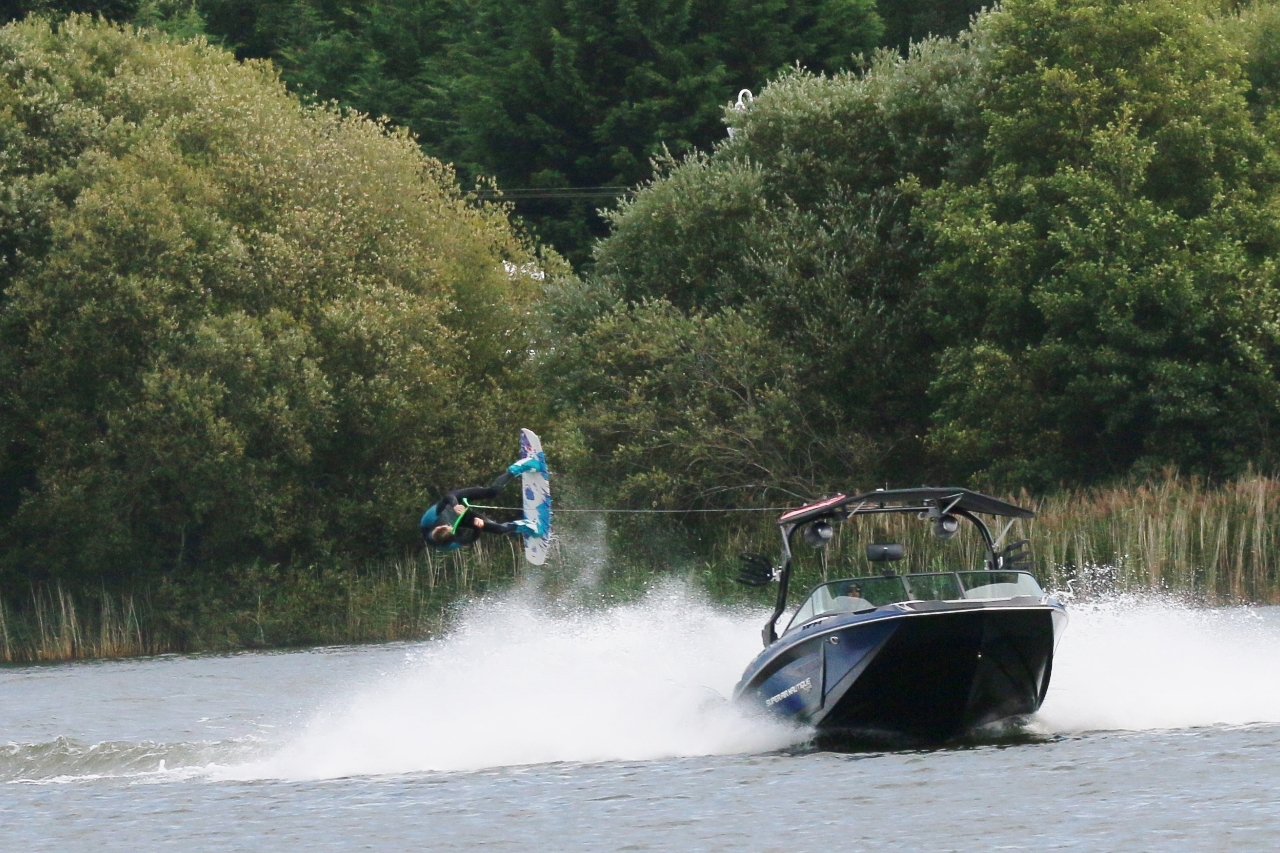
Not too sure even a phalarope would want to stick around with these activities being performed at Frimley Gravel Pits.
This one unfortunately had other ideas, and had gone by the time we had arrived. With the lake being used regularly for water-skiing activities, I imagine even it would have had enough.
So I have added a photo I took a while ago and had to just imagine the rest.
There was some conciliation. Just as we were about to leave we spied an osprey. It circled briefly at the far side of the lake, just long enough to capture a few photos, before it disappeared from sight beyond the trees.
Later the same day I visited Guildford’s Stoke Nature Reserve.
Watching over the sewage works by Stoke Lock a host of hirundines could be seen feeding on flies. Among the swallows and house martins a few sand martins could also be picked out.
On filter beds at the sewage works a dozen or more pied wagtails were feeding.
Among them several grey wagtails could be seen.
Walking across the field by the lake, I inadvertently, spooked up several pheasants, returning their favour by momentarily spooking me too.
I also spotted my first meadow pipit there, a sign of the onset of autumn.
I also managed to catch up with one of several sighting of a whinchat that had been reported there during the past week.
As the sun retreated over the horizon and darkness started to fall once again across the landscape, the barn owl I had seen on several previous visits, appeared.
Silent in flight, it’s ghostly white silhouette figure emerged.
Attempting a few photos, I was quite pleased with some of the results as night descended.
On September 12 I visited Thursley Common.
Stonechats continued to be seen in good numbers.
Some warm sunshine tempted a few lizards on to the boardwalk to bask.
A variety of dragonflies skimmed over the pools. I watched intently as a female southern hawker darted back and forth along the boardwalk, occasionally hovering for a few moments.
Choosing my moment, I fired a few shots with my camera with some successful results.
Having been given such an interesting insight to the world of insects there during a previous visit with Harry Eve, (shown in my previous report). I continued to keep an eye out for anything unusual I might find.
One I did discover and photograph was what I believe to be a species of potter wasp.
At the “parish field” there was a spotted flycatcher, flitting back and forth catching flies.
For a while it could be seen perched alongside a stonechat.
To my surprise several grayling butterfly could still be seen, out and about enjoying the warmth of the sun.
In shadier spots speckled wood butterflies could also be seen.
And finally perched on a log in the field a woodlark posed, proud in its presentation of its subtle colours of browns in its plumage.
[Editor: Malcolm Fincham is now tweeting his wildlife pictures on Twitter. To follow him click here, or go to @malcomsdiary.]
Responses to Birdwatcher’s Diary No.145
Leave a Comment Cancel replyPlease see our comments policy. All comments are moderated and may take time to appear. Full names, or at least initial and surname, must be given.
Recent Articles
- Burglar Jailed Thanks To Quick Action of Ash Resident
- Highways Bulletin for December
- Birdwatcher’s Diary No.318 Some Pre-Christmas Rambles
- Merry Christmas and a Happy New Year to All Our Contributors and Readers!
- More Units Added to Solums’s Station Redevelopment
- Vehicle Stop on Epsom Road Leads to Prolific Drug Gang Being Put Behind Bars
- Local Political Leaders Respond to Publication of the English Devolution White Paper
- Flashback: Guildford All Lit Up For Christmas – Then And Now
- City Earn Themselves a Three Point Christmas Present
- Mayor’s Diary: December 23 – January 4


Recent Comments
- Jim Allen on Two Unitary Authorities, One Elected Mayor – Most Likely Devolution Outcome for Surrey
- Mike Smith on Two Unitary Authorities, One Elected Mayor – Most Likely Devolution Outcome for Surrey
- Angela Richardson on Two Unitary Authorities, One Elected Mayor – Most Likely Devolution Outcome for Surrey
- Frank Emery on Two Unitary Authorities, One Elected Mayor – Most Likely Devolution Outcome for Surrey
- Paul Kennedy on Two Unitary Authorities, One Elected Mayor – Most Likely Devolution Outcome for Surrey
- Alan Judge on Dumped E-bike Provokes Questions
Search in Site
Media Gallery
Dragon Interview: Local Artist Leaves Her Mark At One of England’s Most Historic Buildings
January 21, 2023 / No Comment / Read MoreDragon Interview: Lib Dem Planning Chair: ‘Current Policy Doesn’t Work for Local People’
January 19, 2023 / No Comment / Read MoreA3 Tunnel in Guildford ‘Necessary’ for New Homes, Says Guildford’s MP
January 10, 2023 / No Comment / Read More‘Madness’ for London Road Scheme to Go Ahead Against ‘Huge Opposition’, Says SCC Leader
January 6, 2023 / No Comment / Read MoreCouncillor’s Son Starts Campaign for More Consultation on North Street Plan
December 30, 2022 / No Comment / Read MoreCounty Council Climbs Down Over London Road Works – Further ‘Engagement’ Period Announced
December 14, 2022 / No Comment / Read MoreDragon Interview: GBC Reaction to the Government’s Expected Decision to Relax Housing Targets
December 7, 2022 / No Comment / Read MoreHow Can Our Town Centre Businesses Recover? Watch the Shop Front Debate
May 18, 2020 / No Comment / Read More



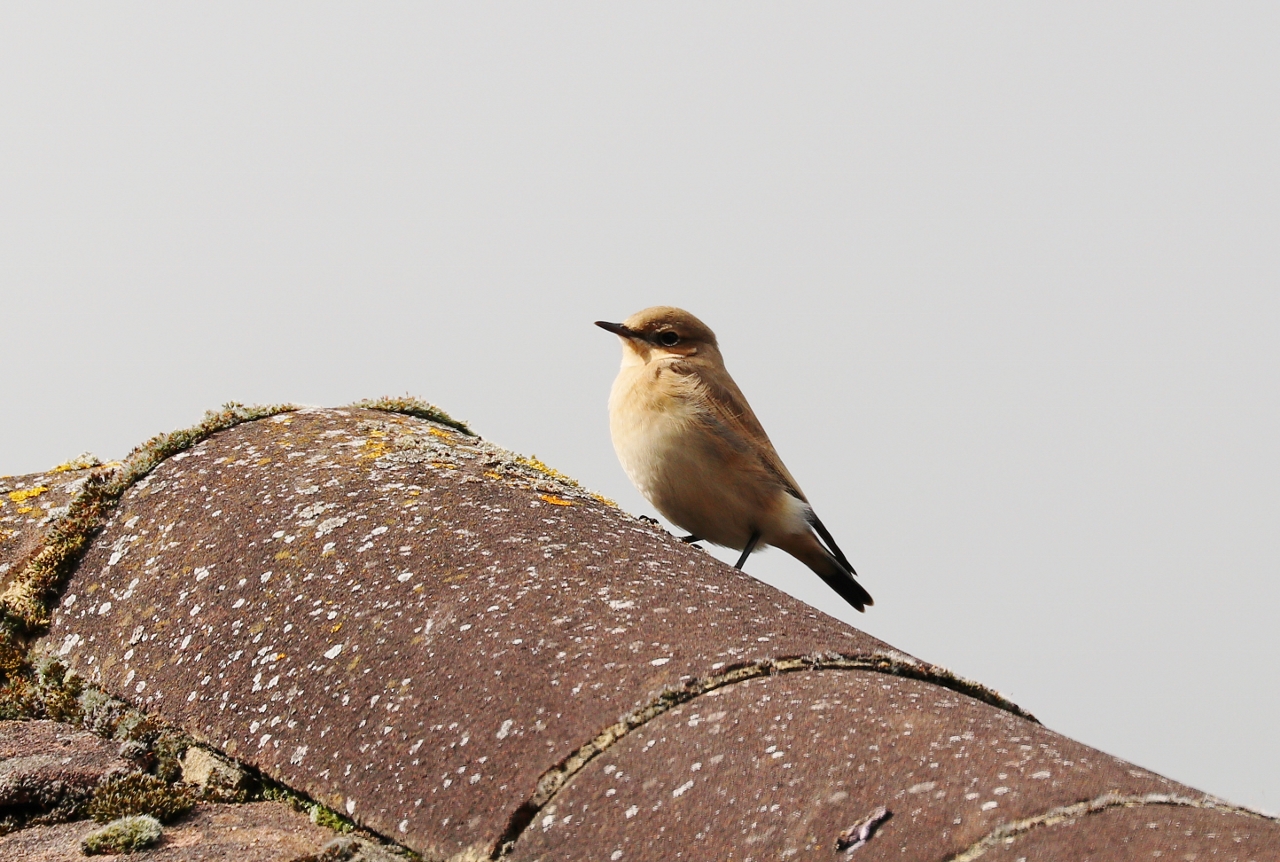
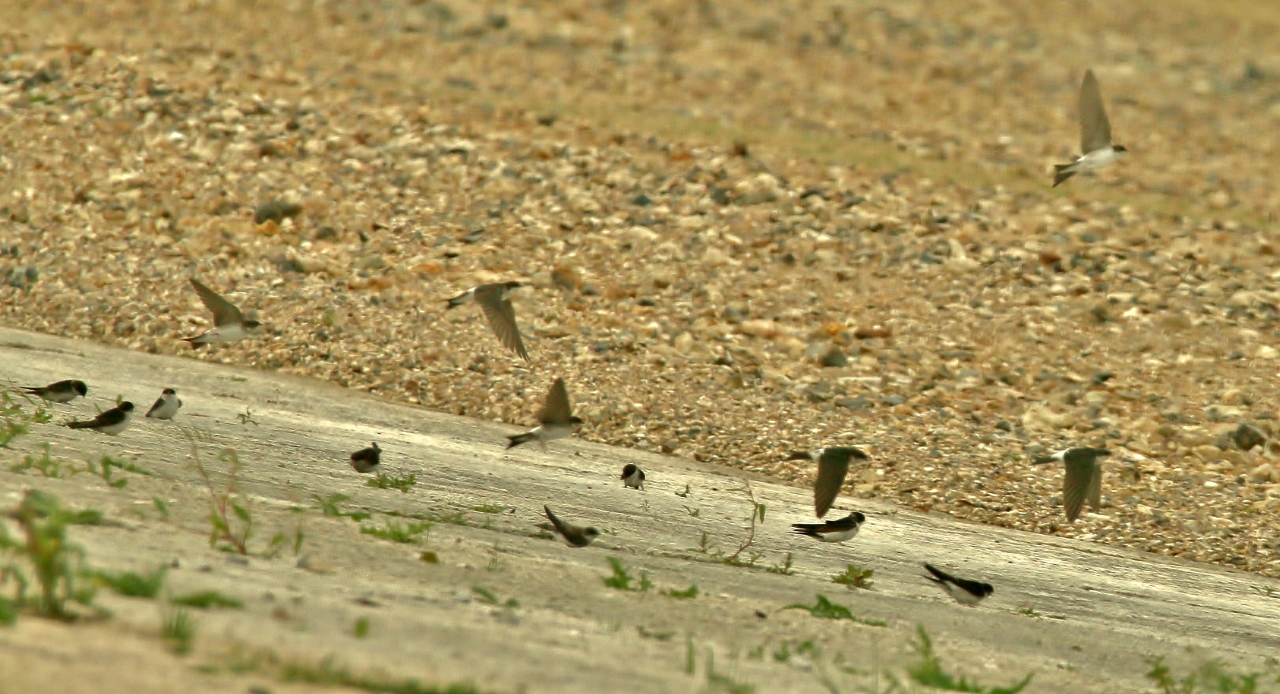

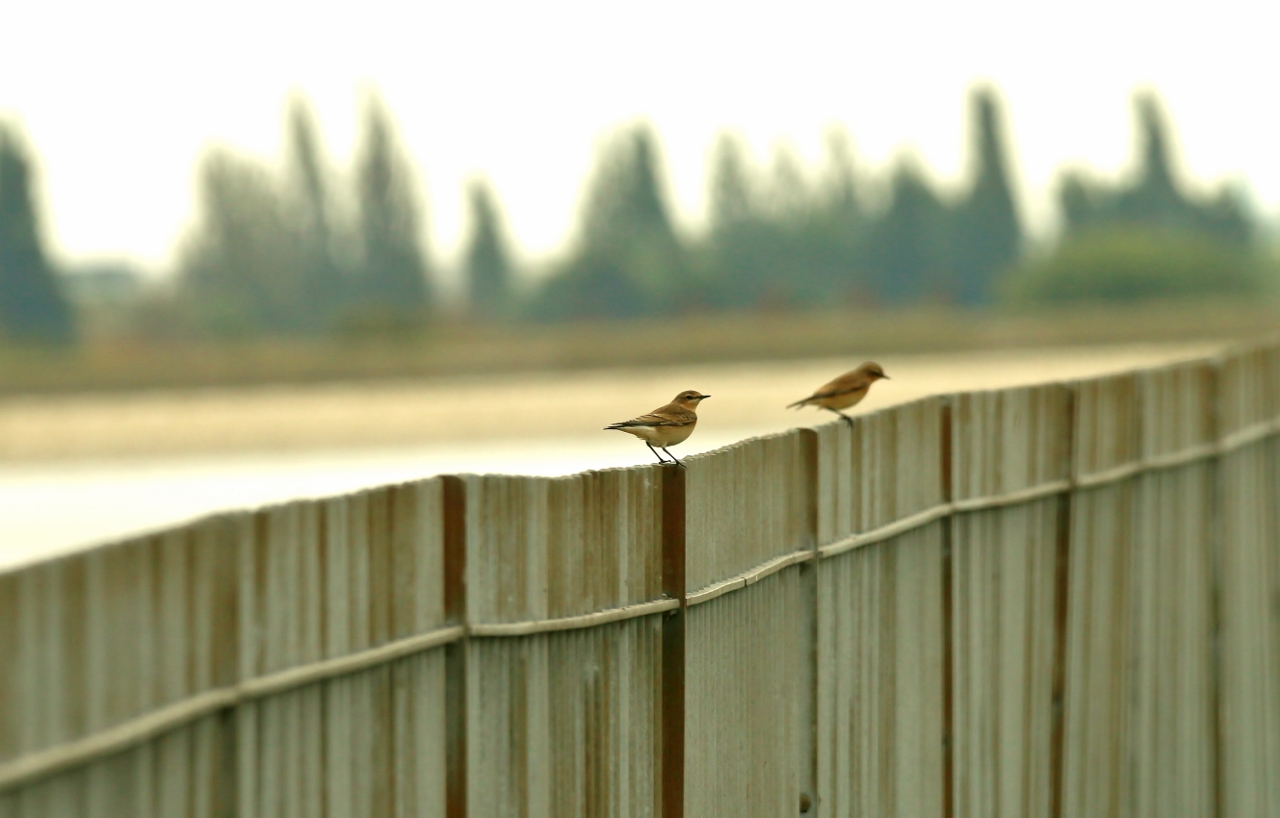
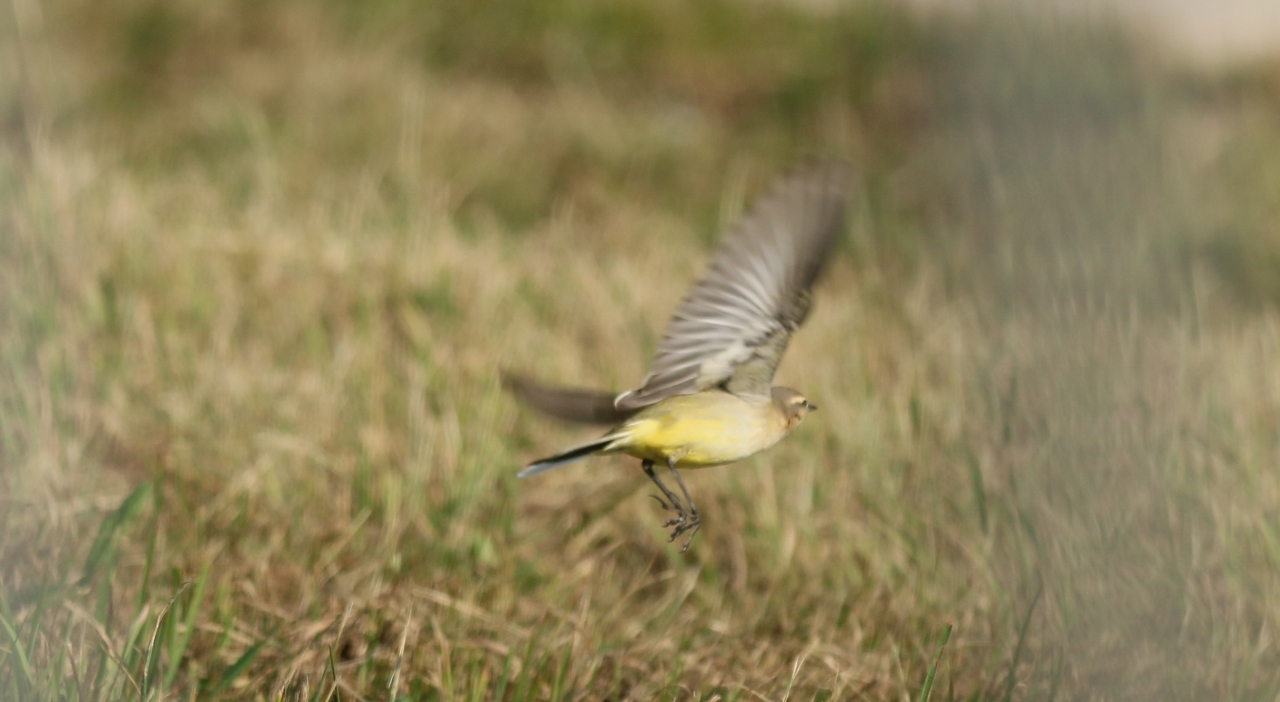
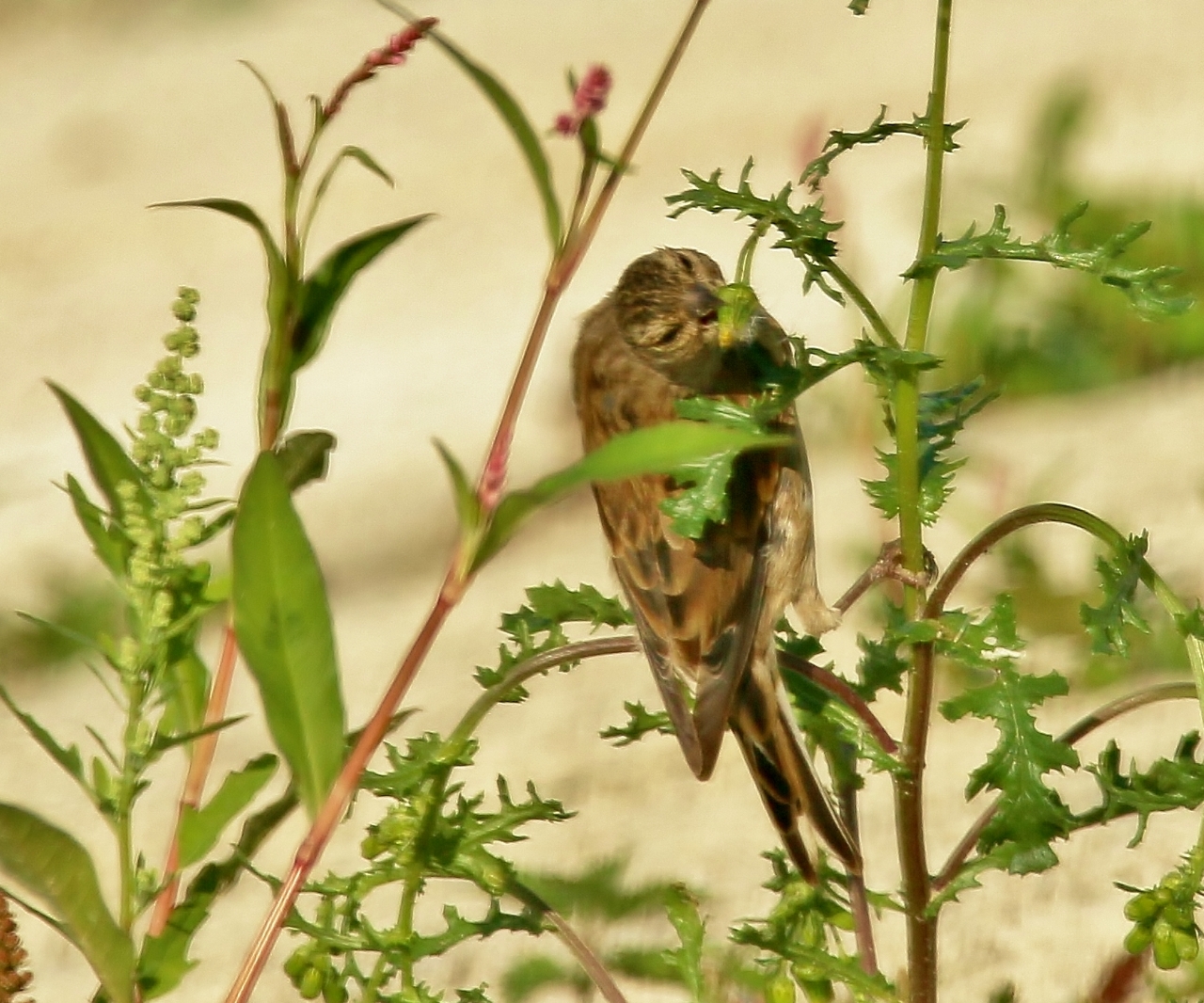
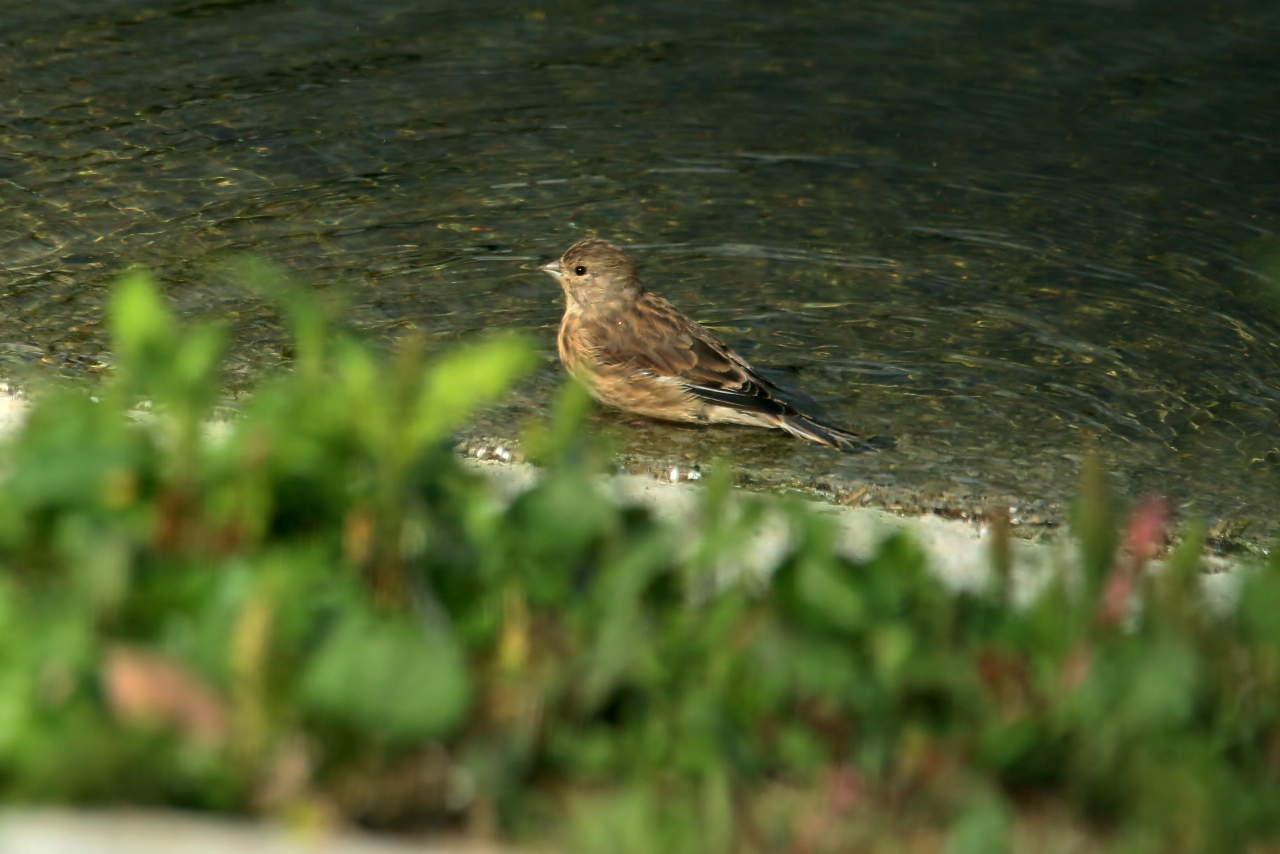
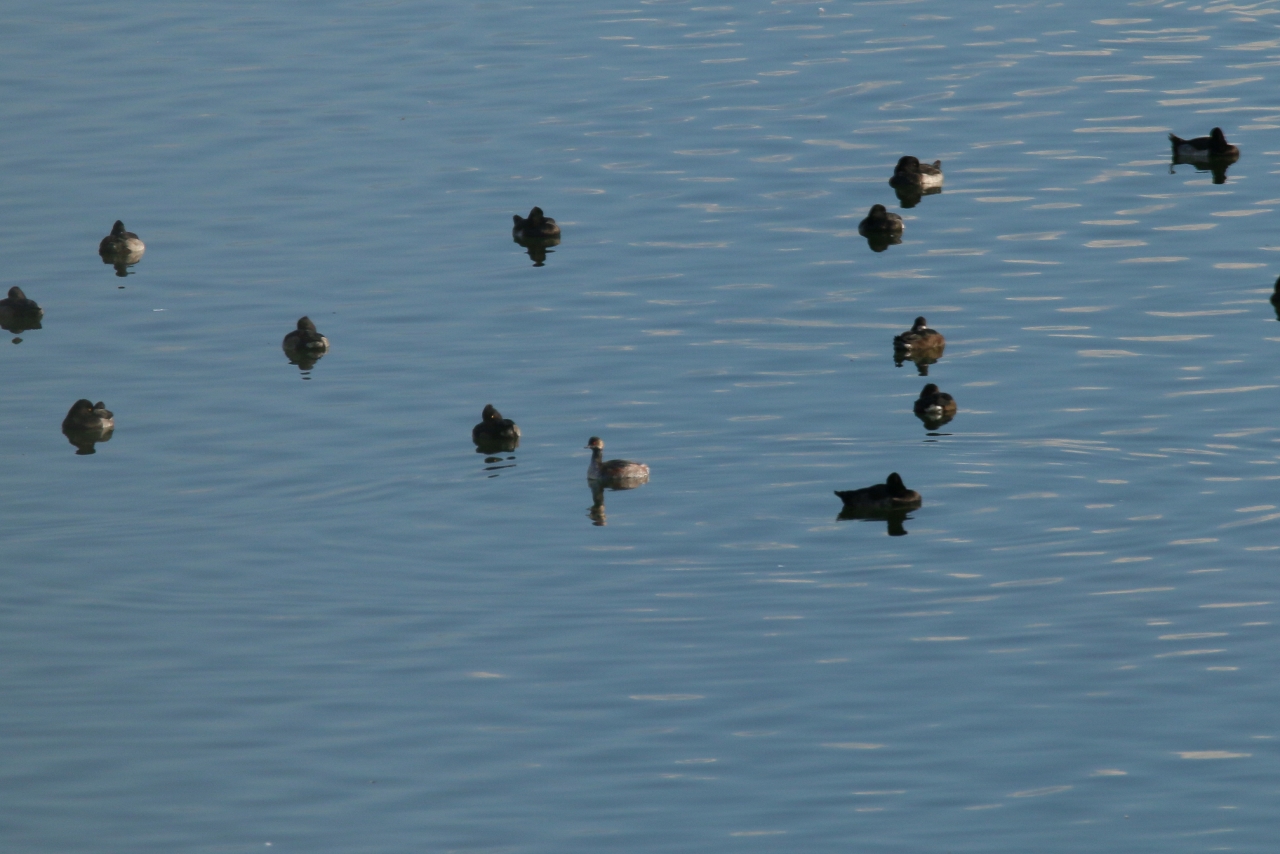
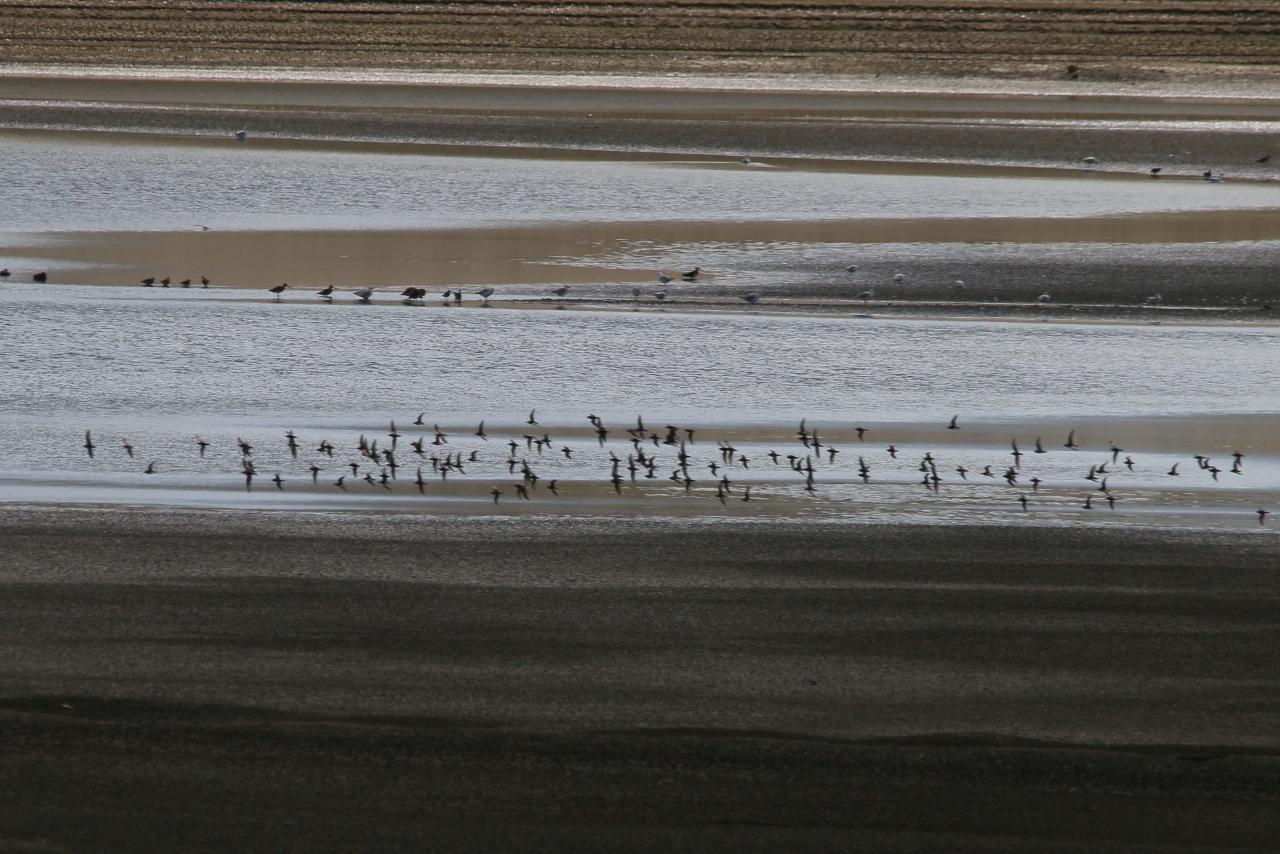


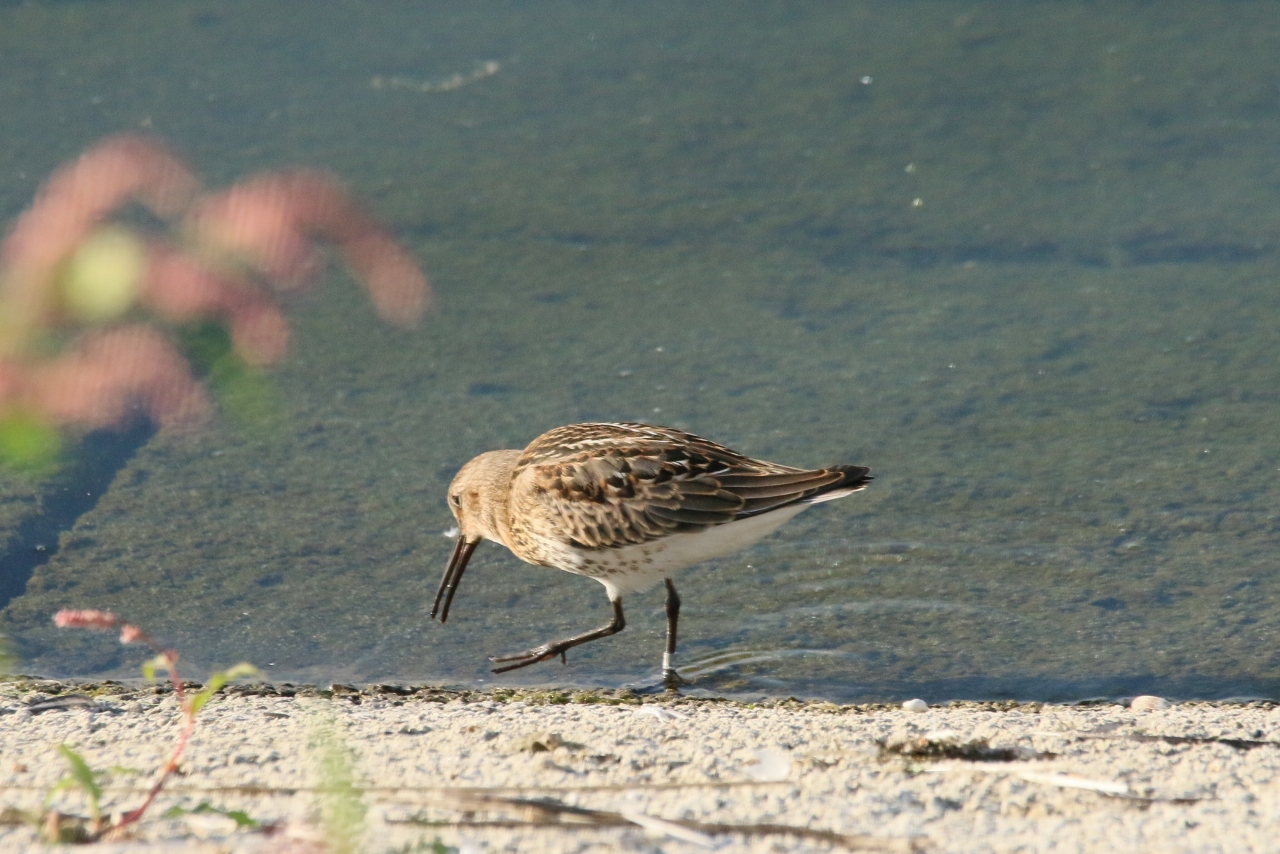
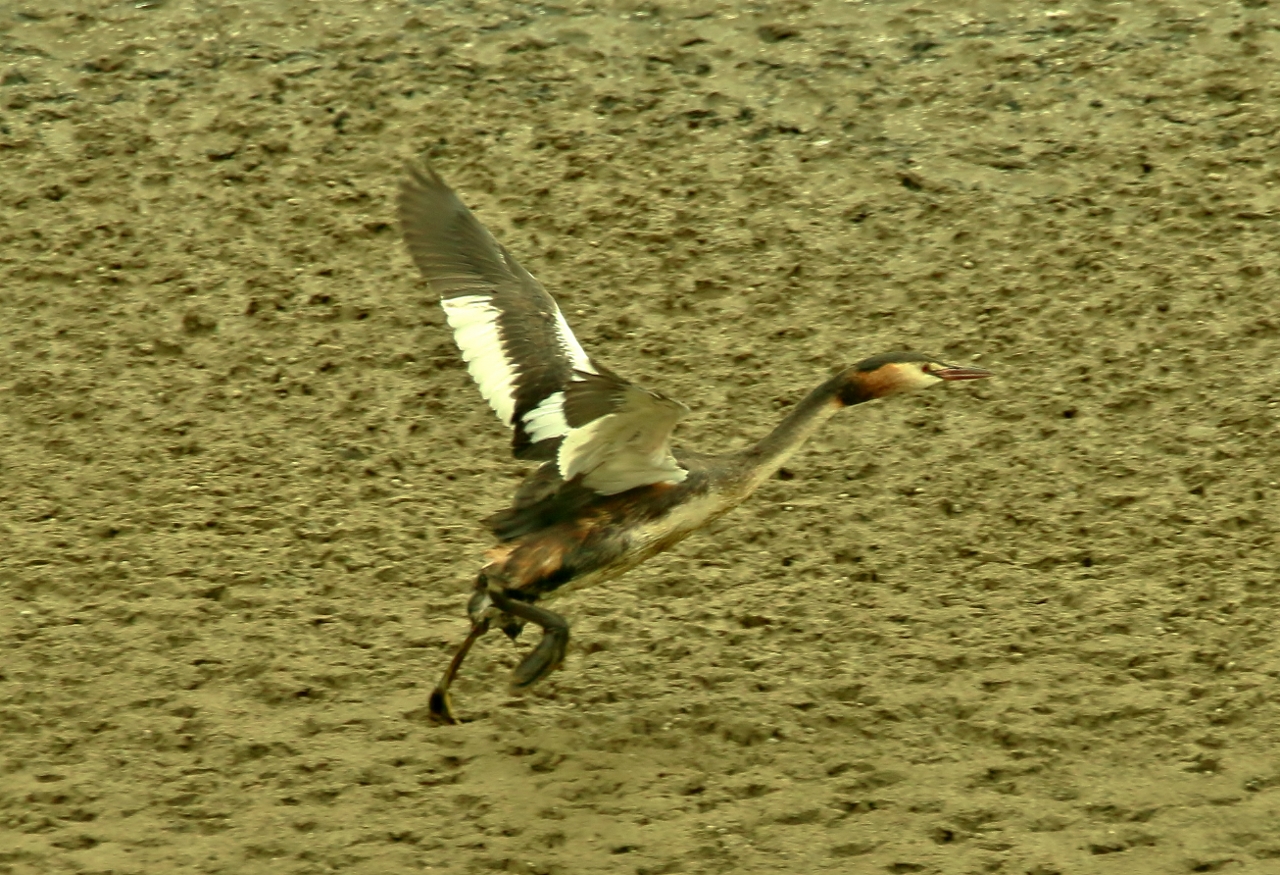
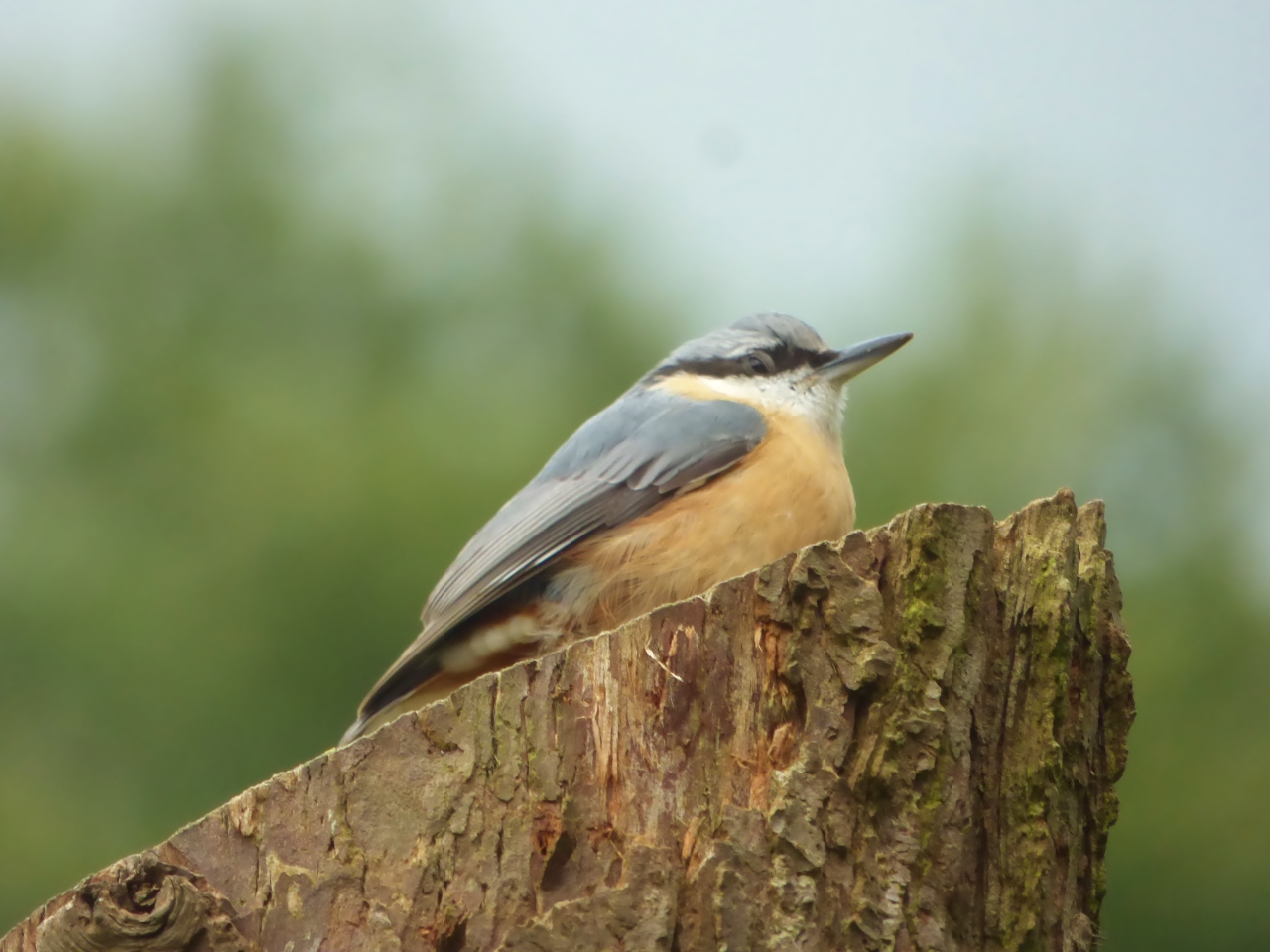
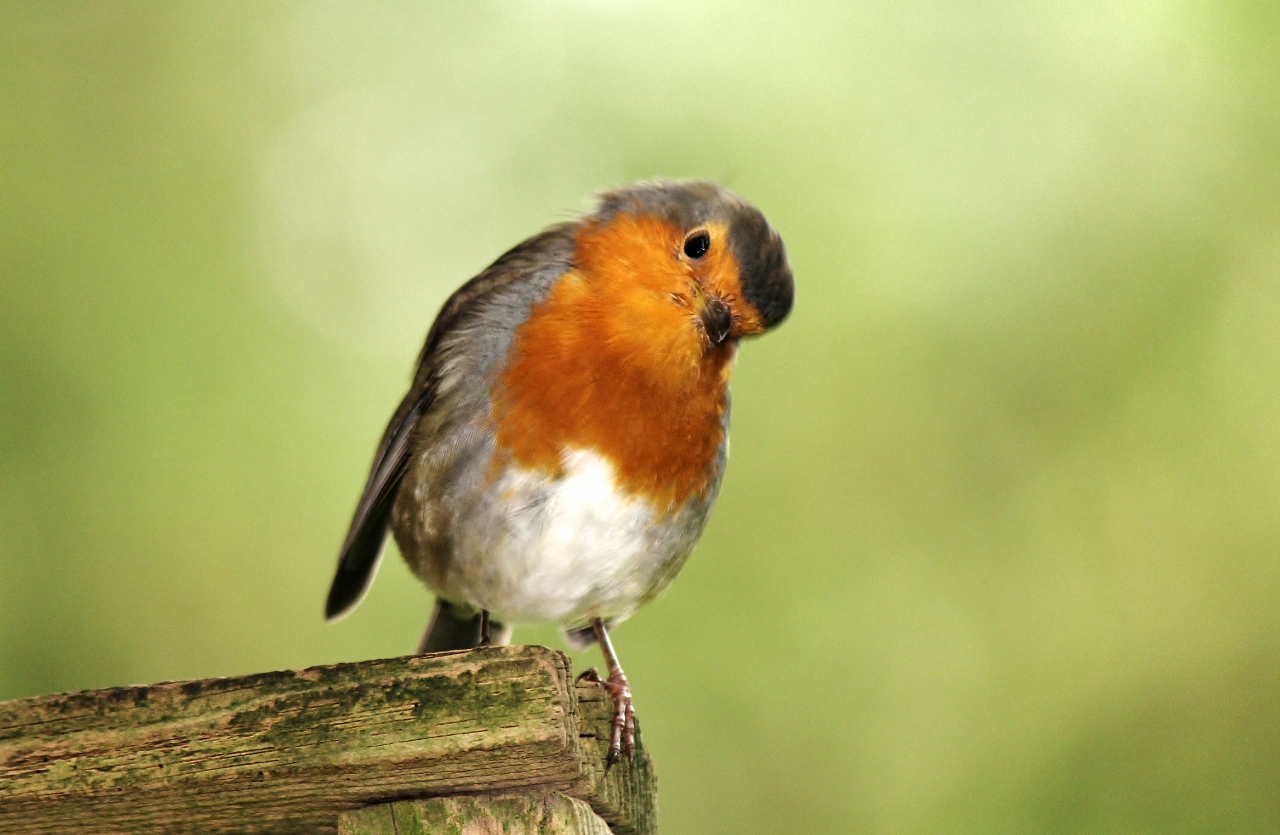
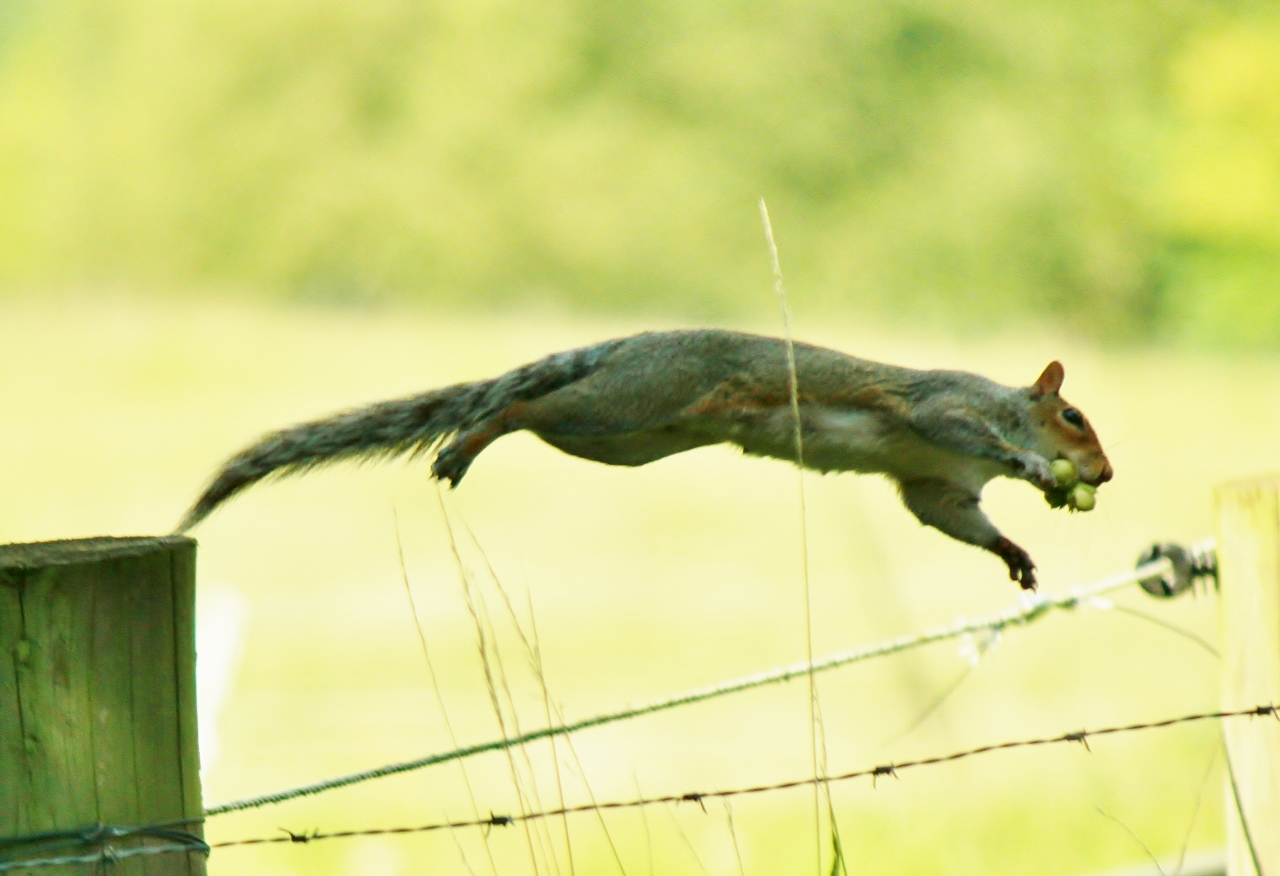
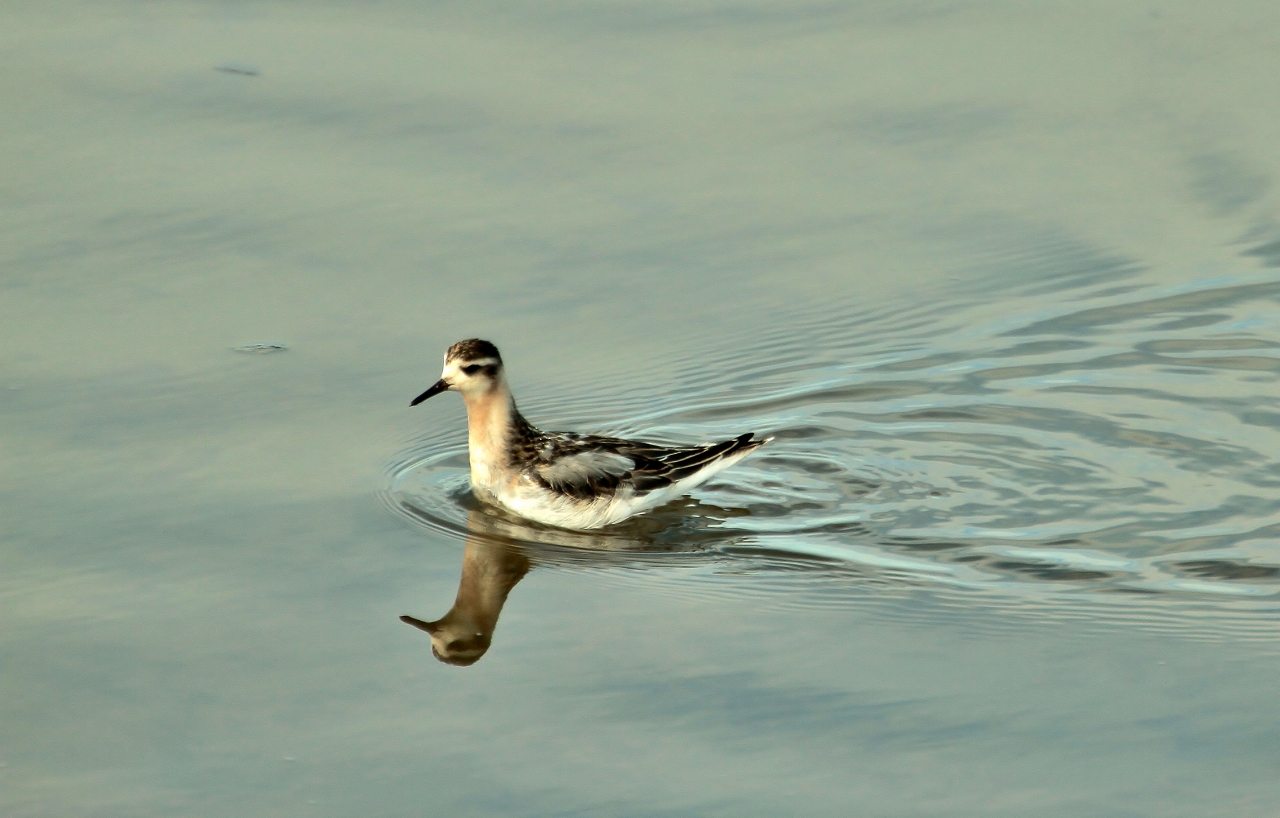
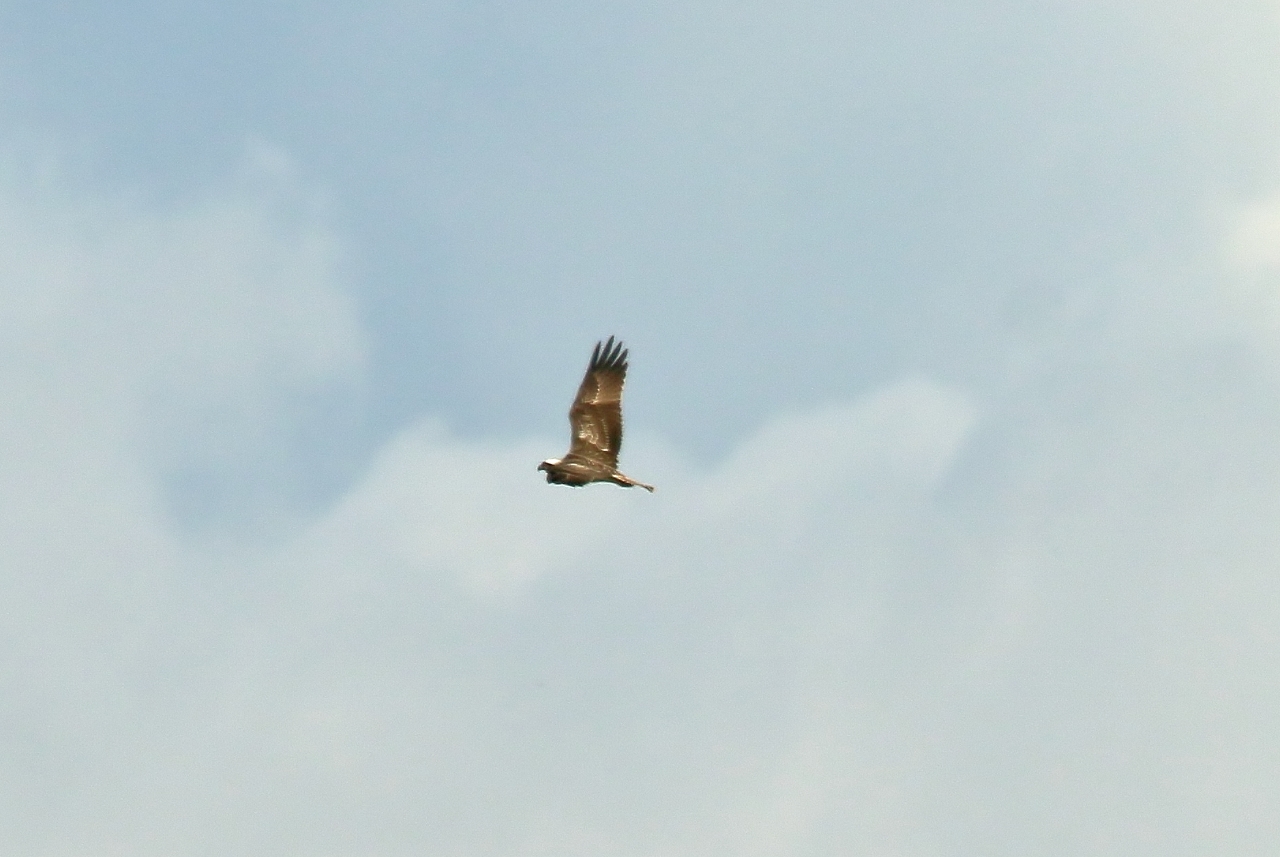
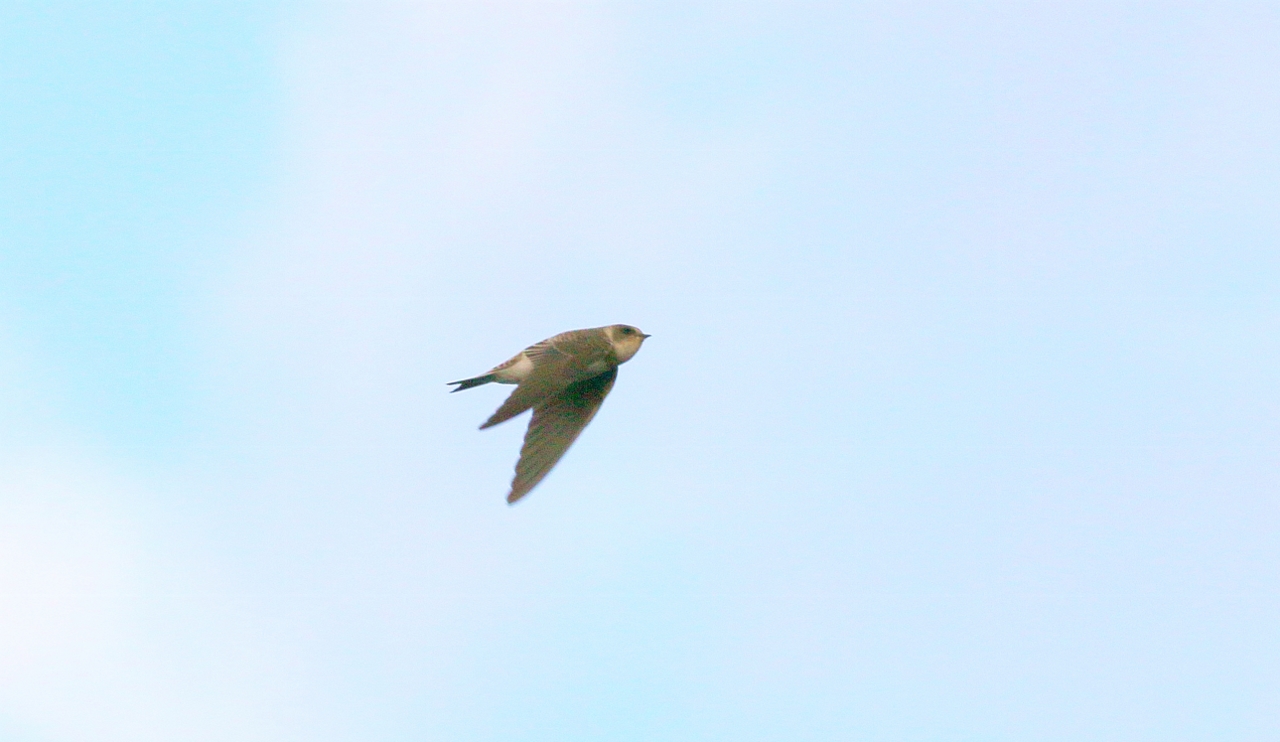
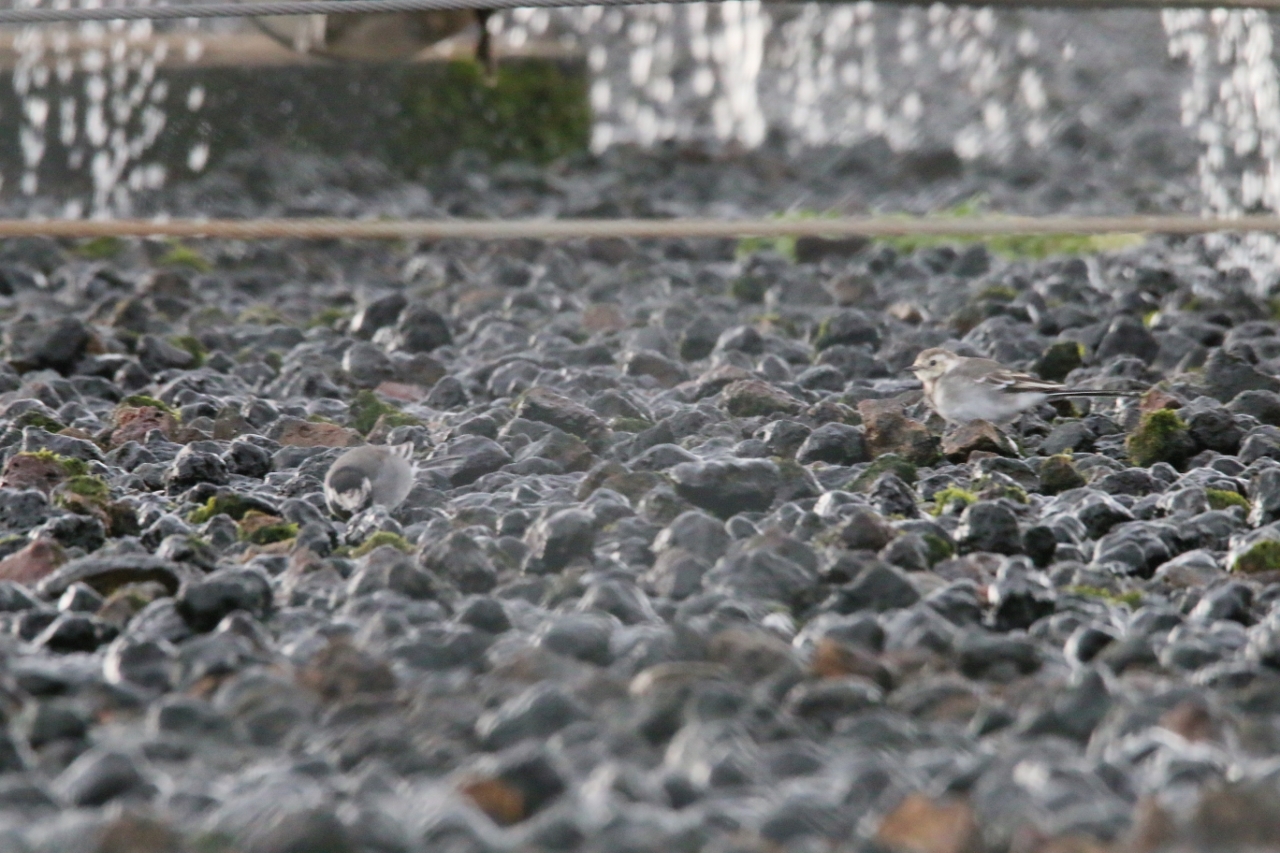
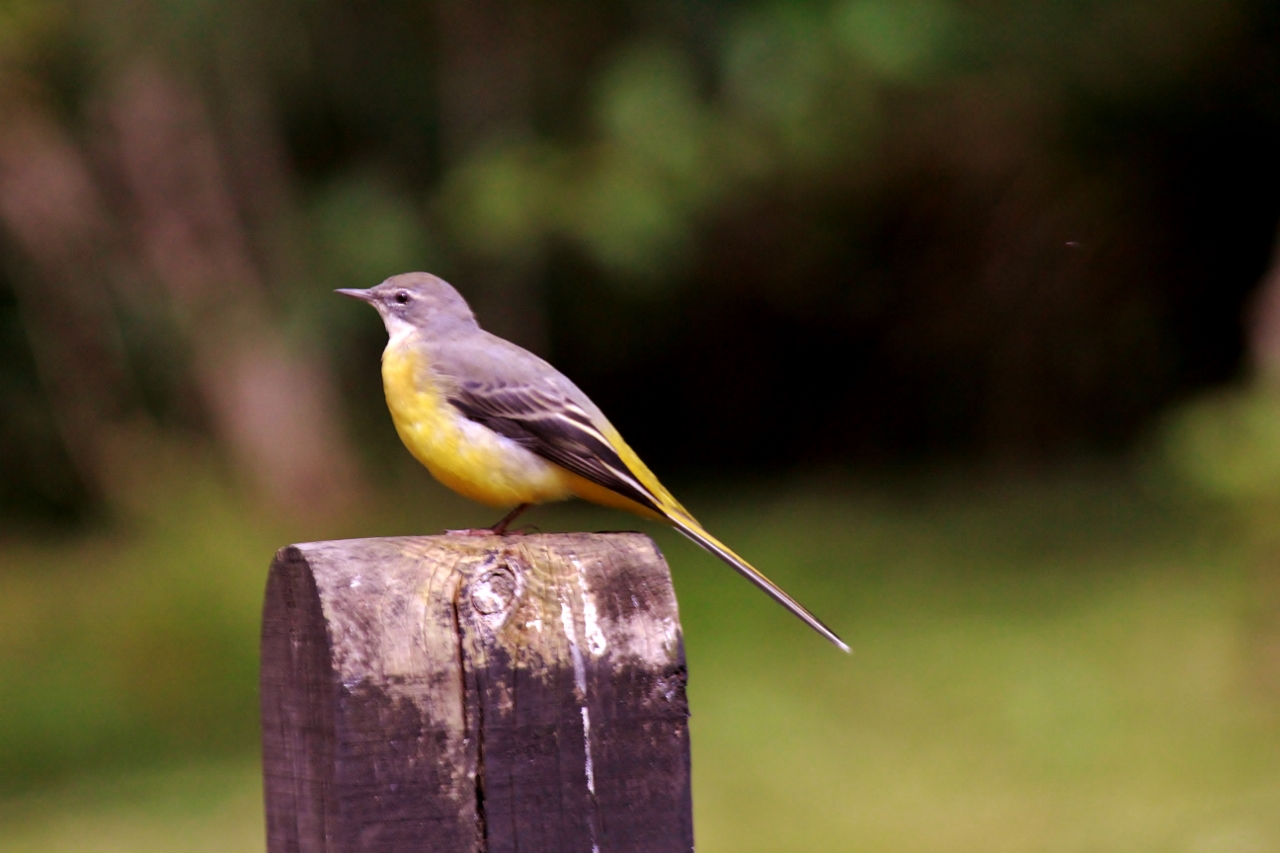
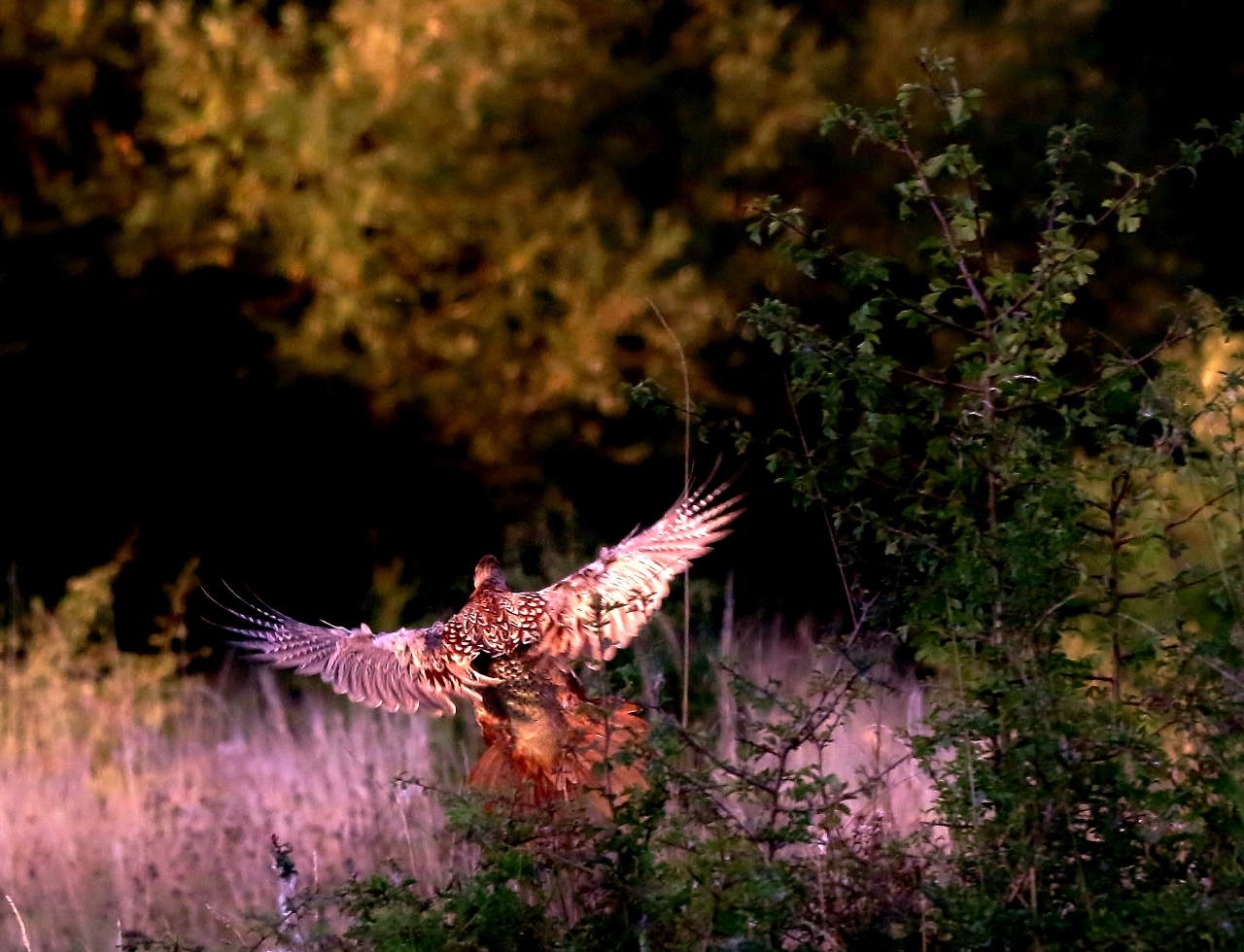
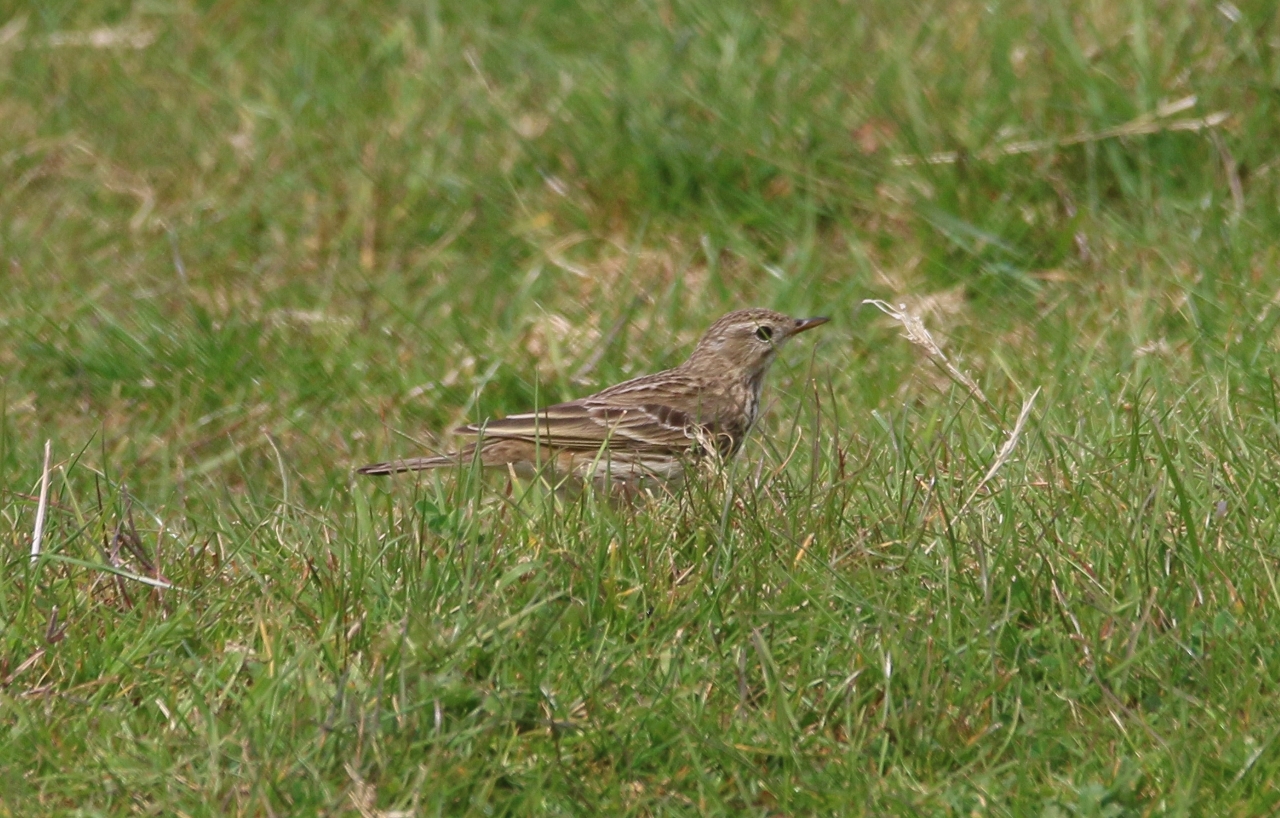
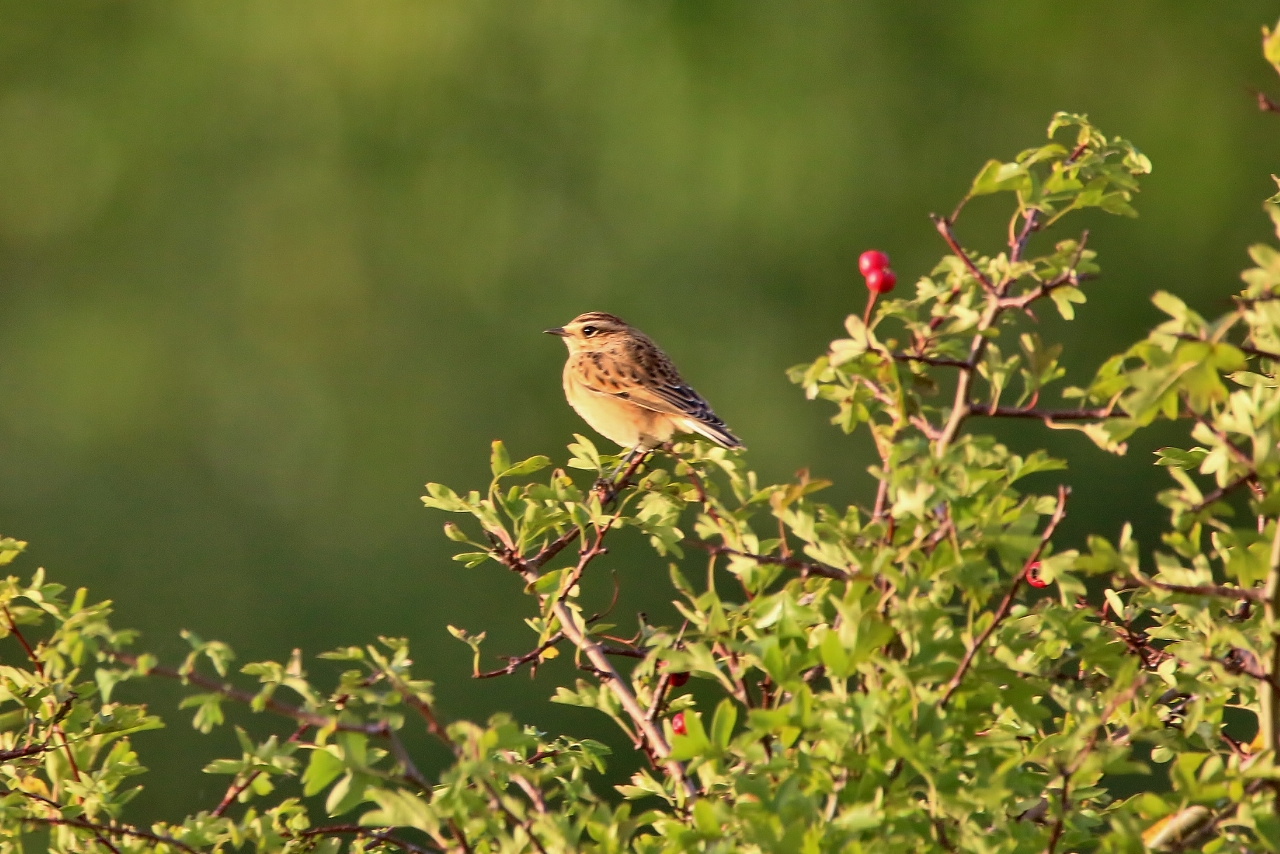
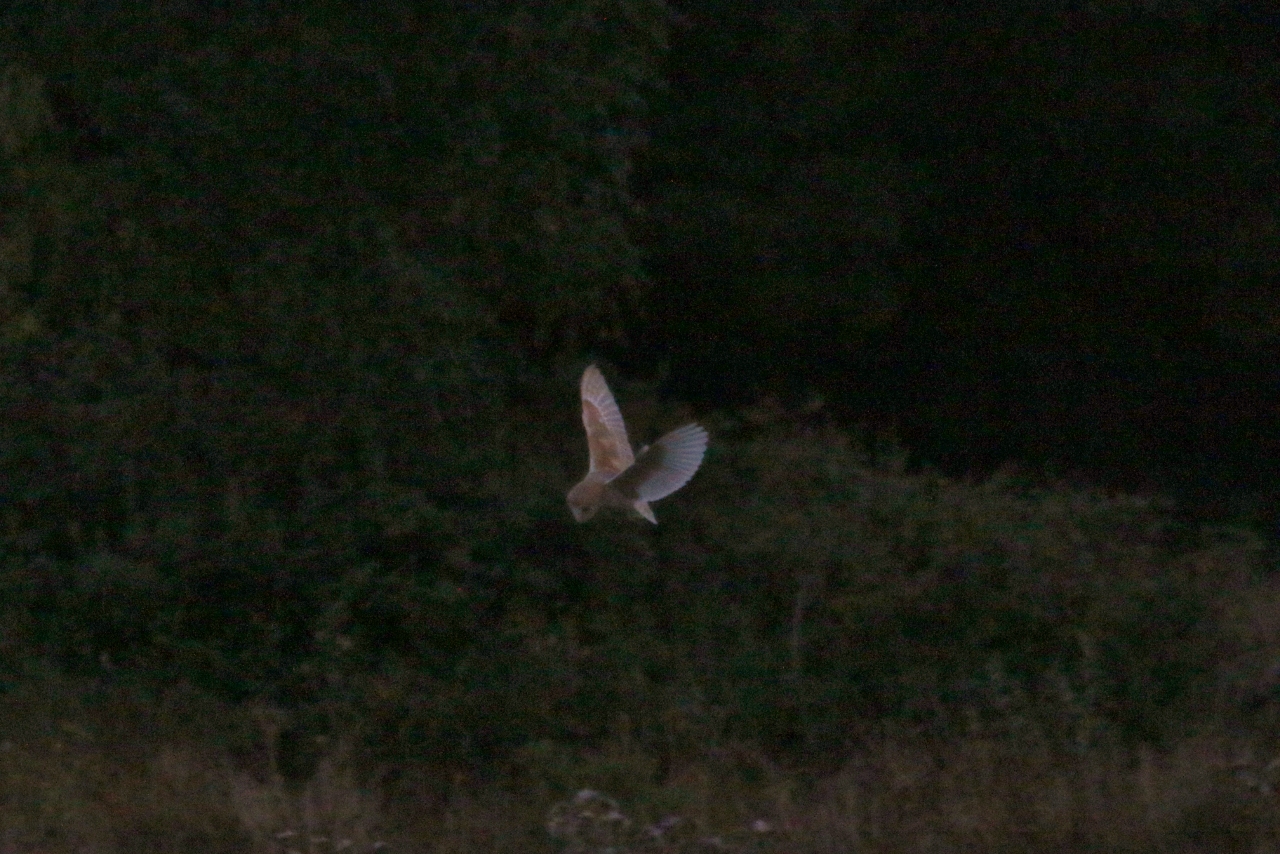
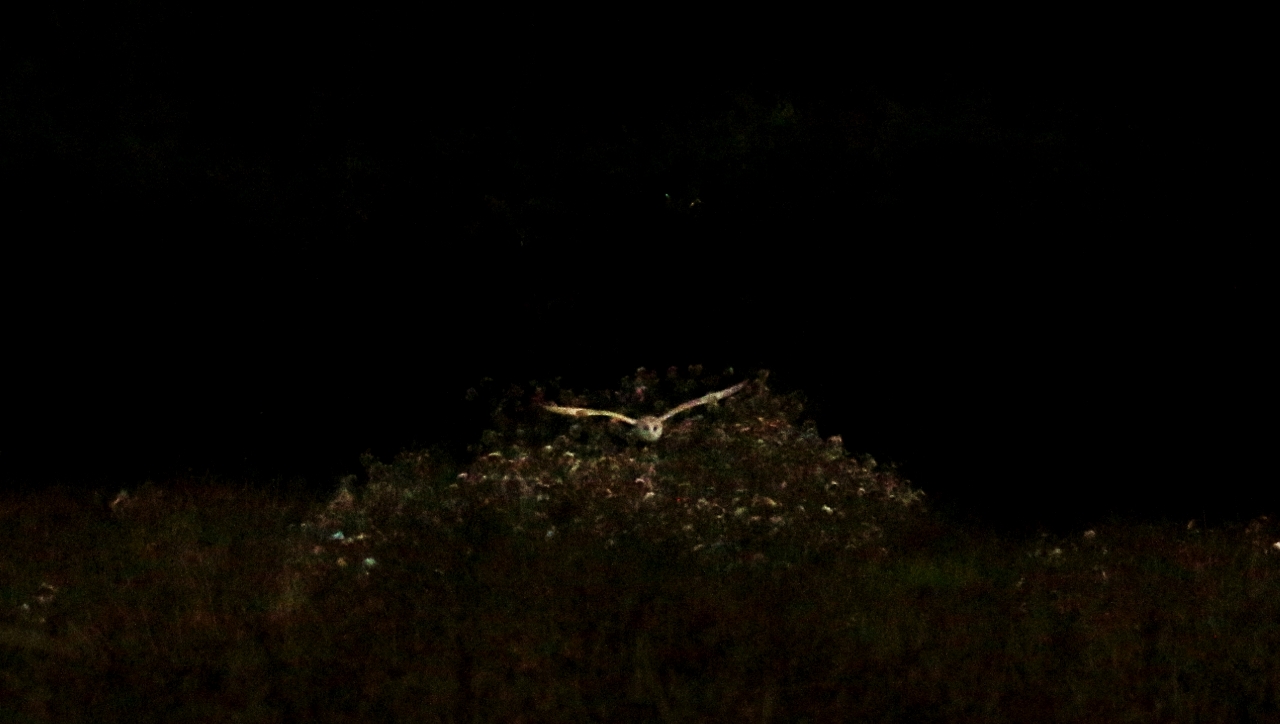
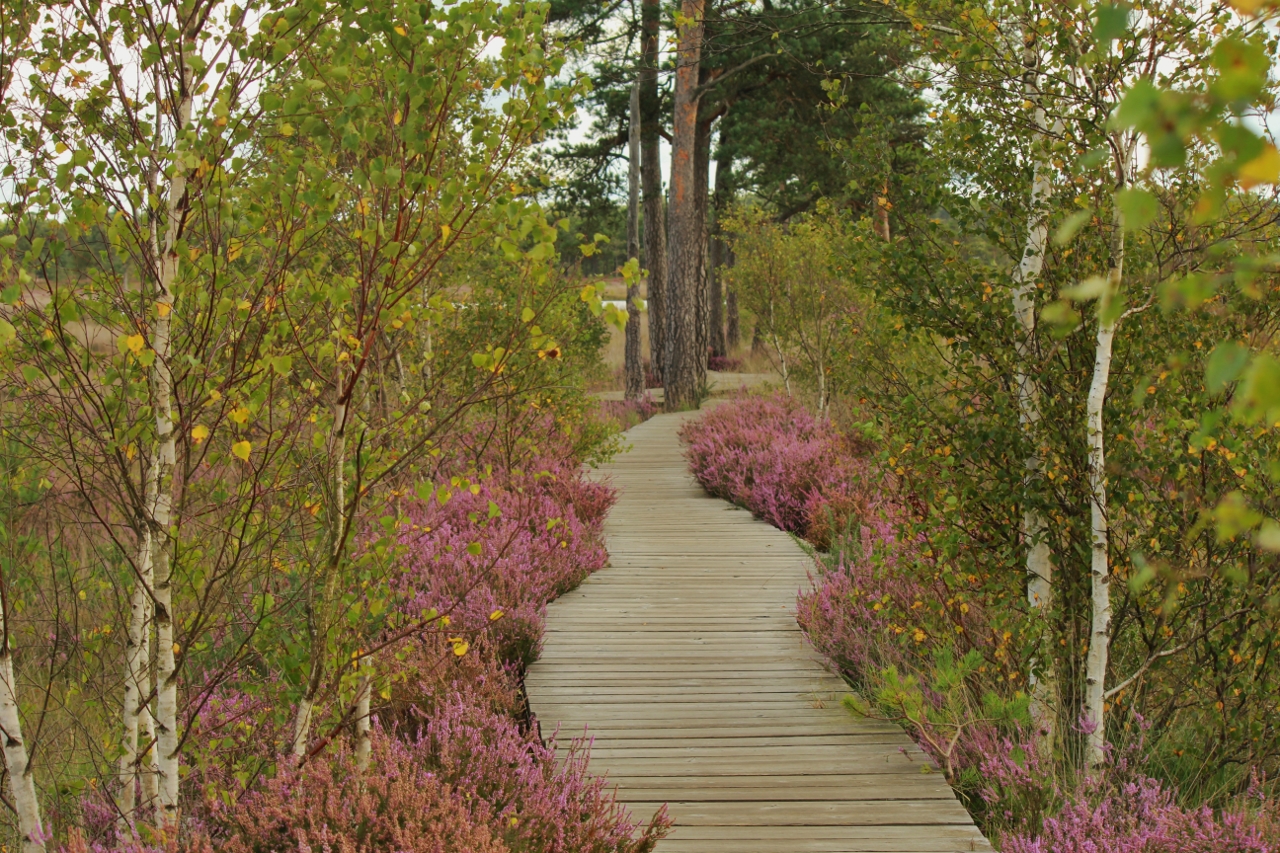
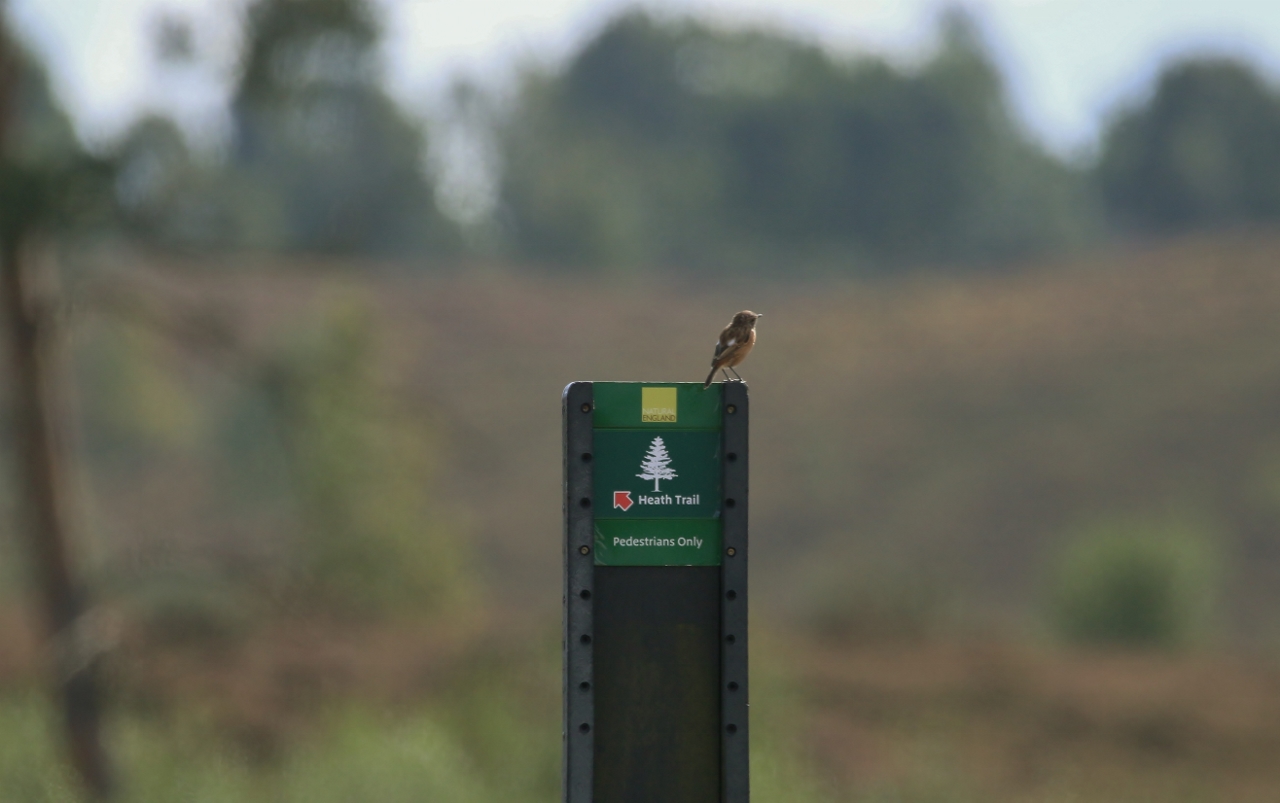
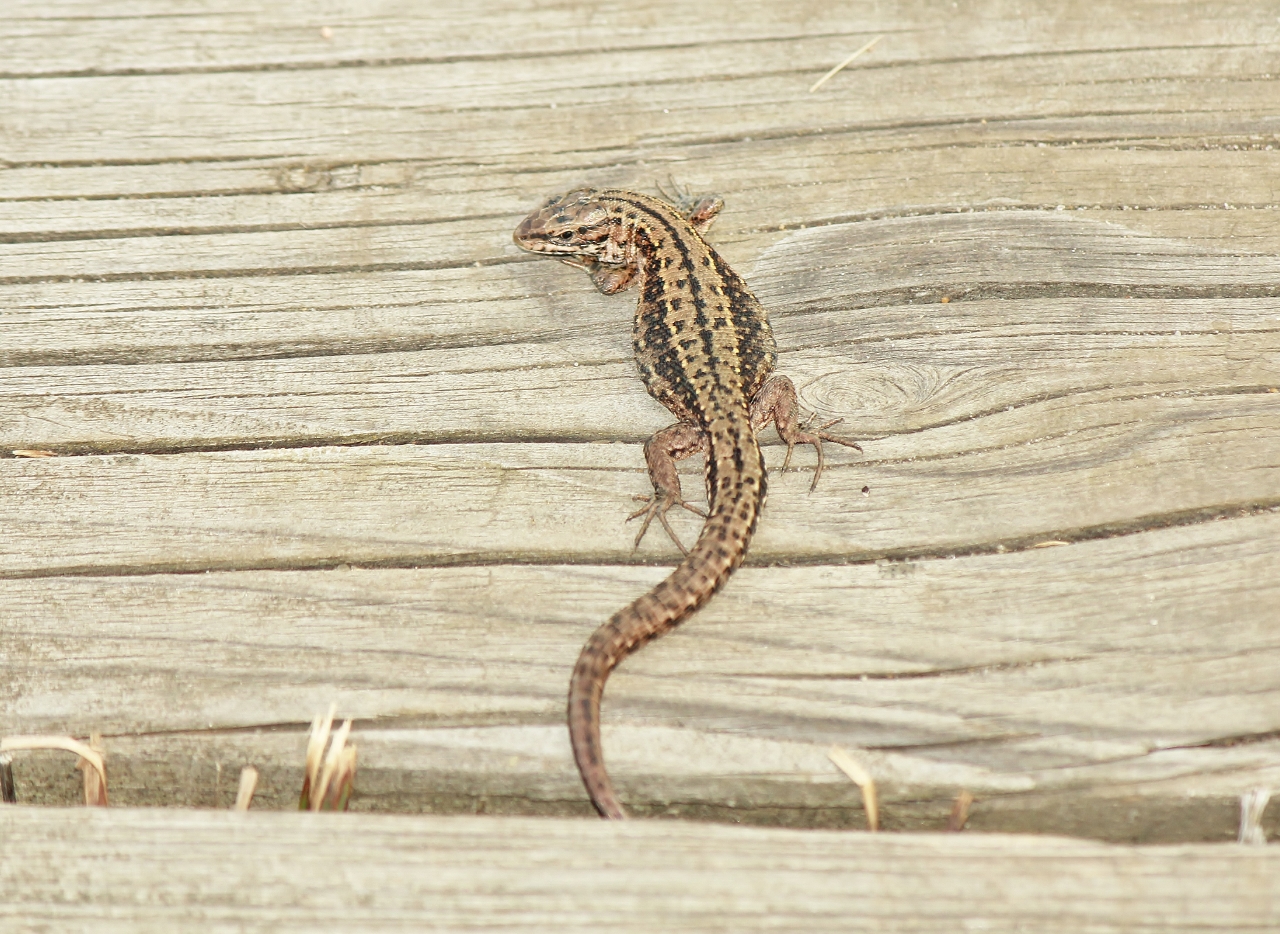
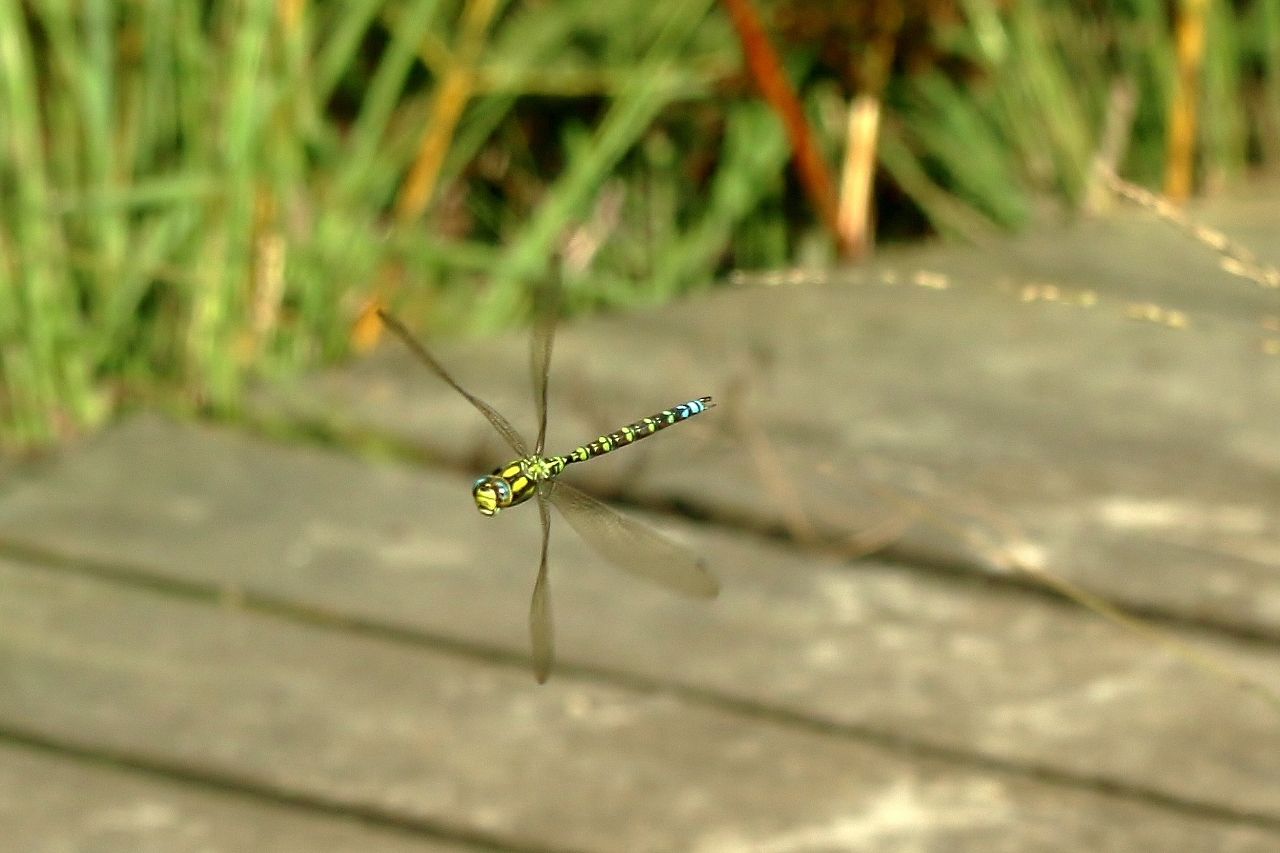
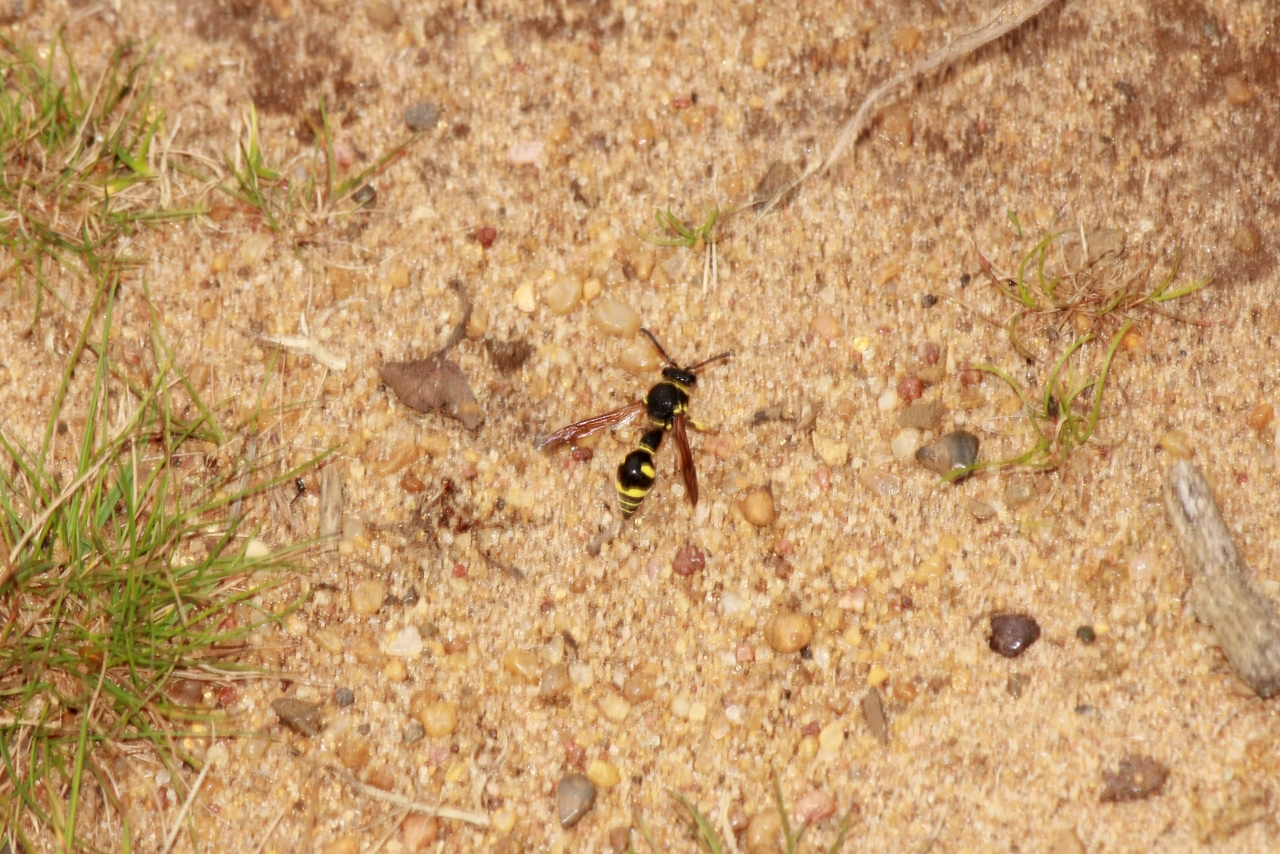
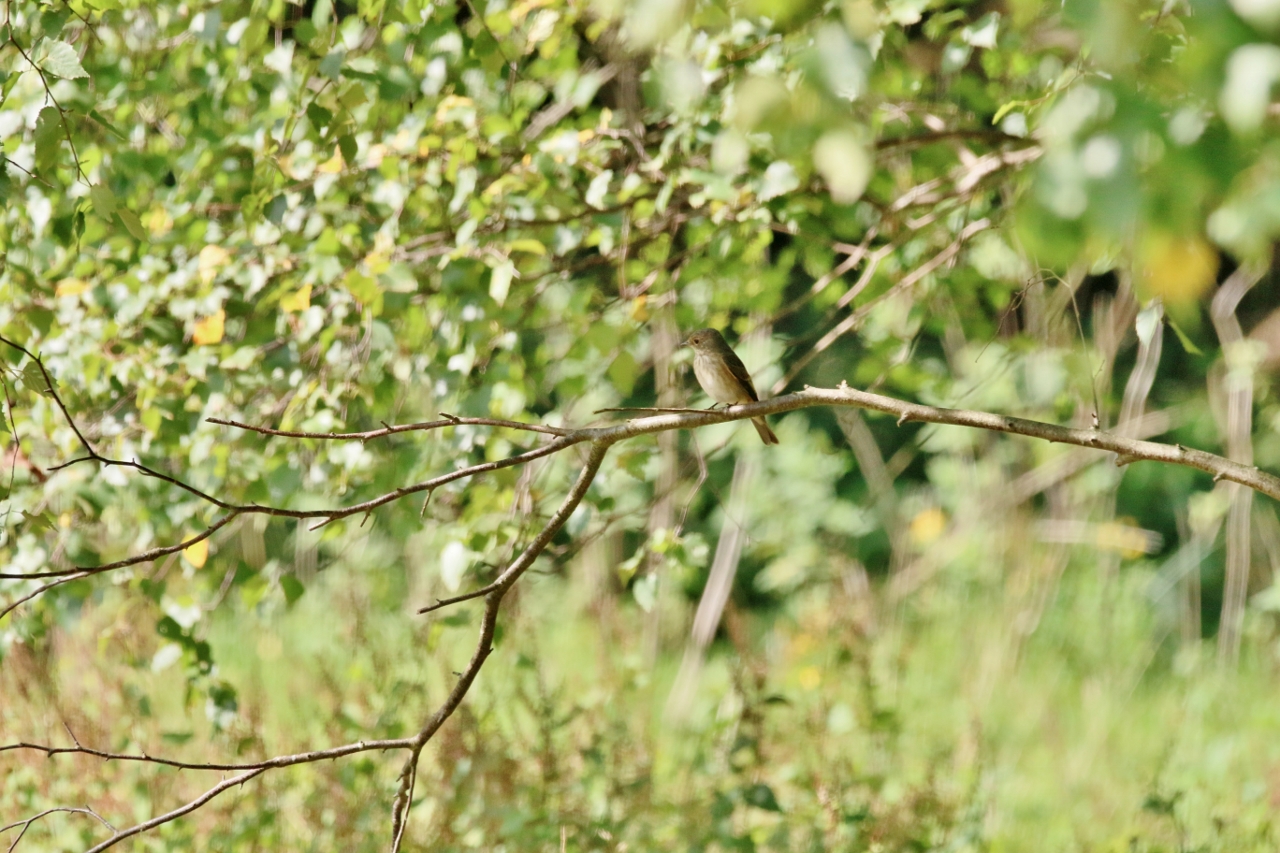
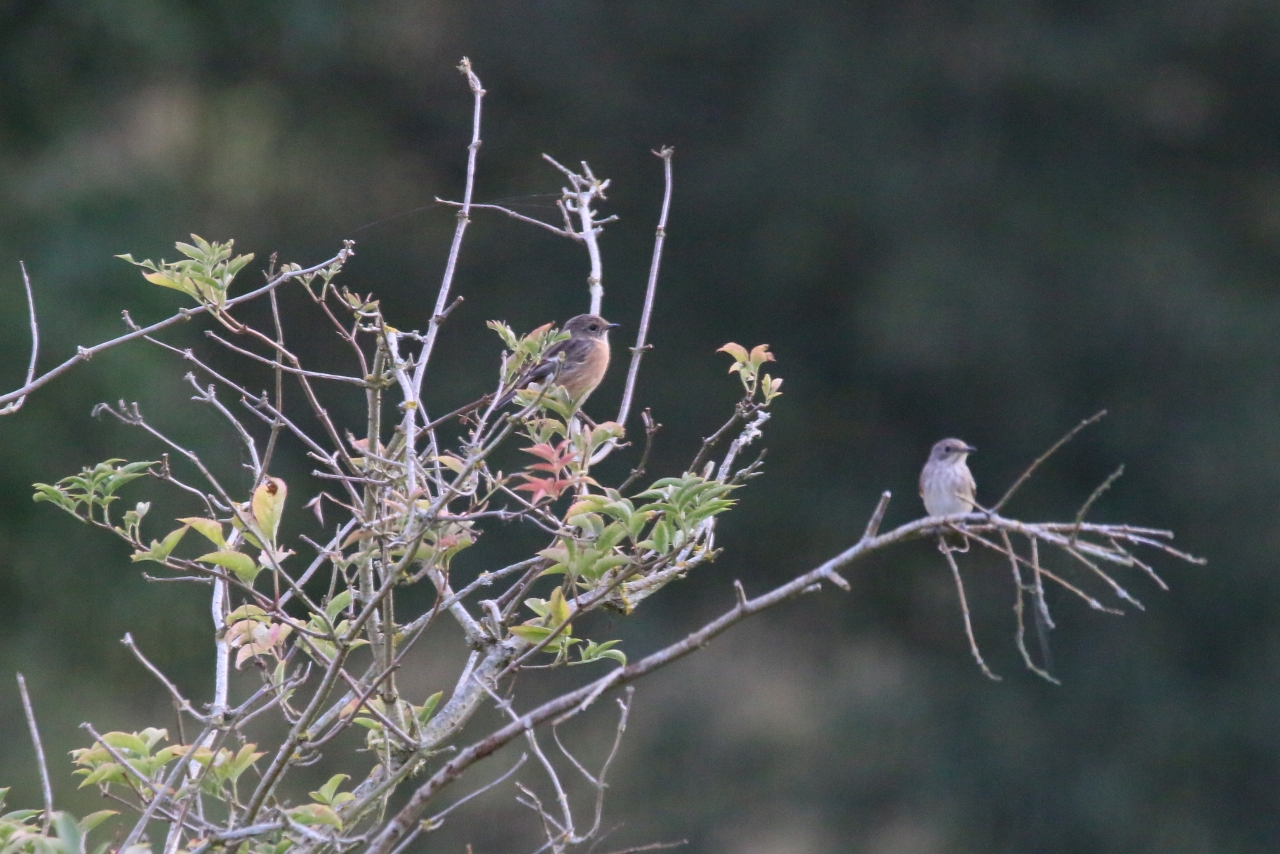

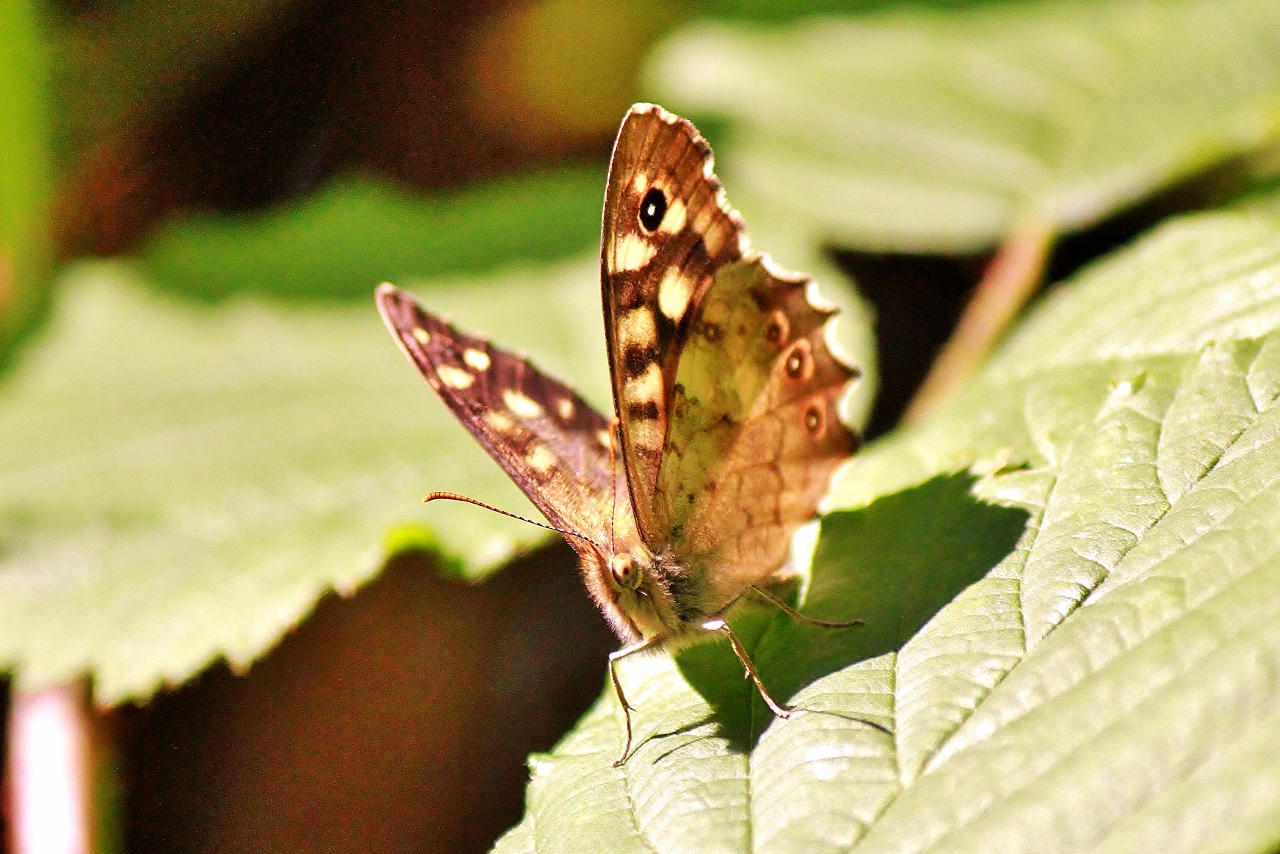
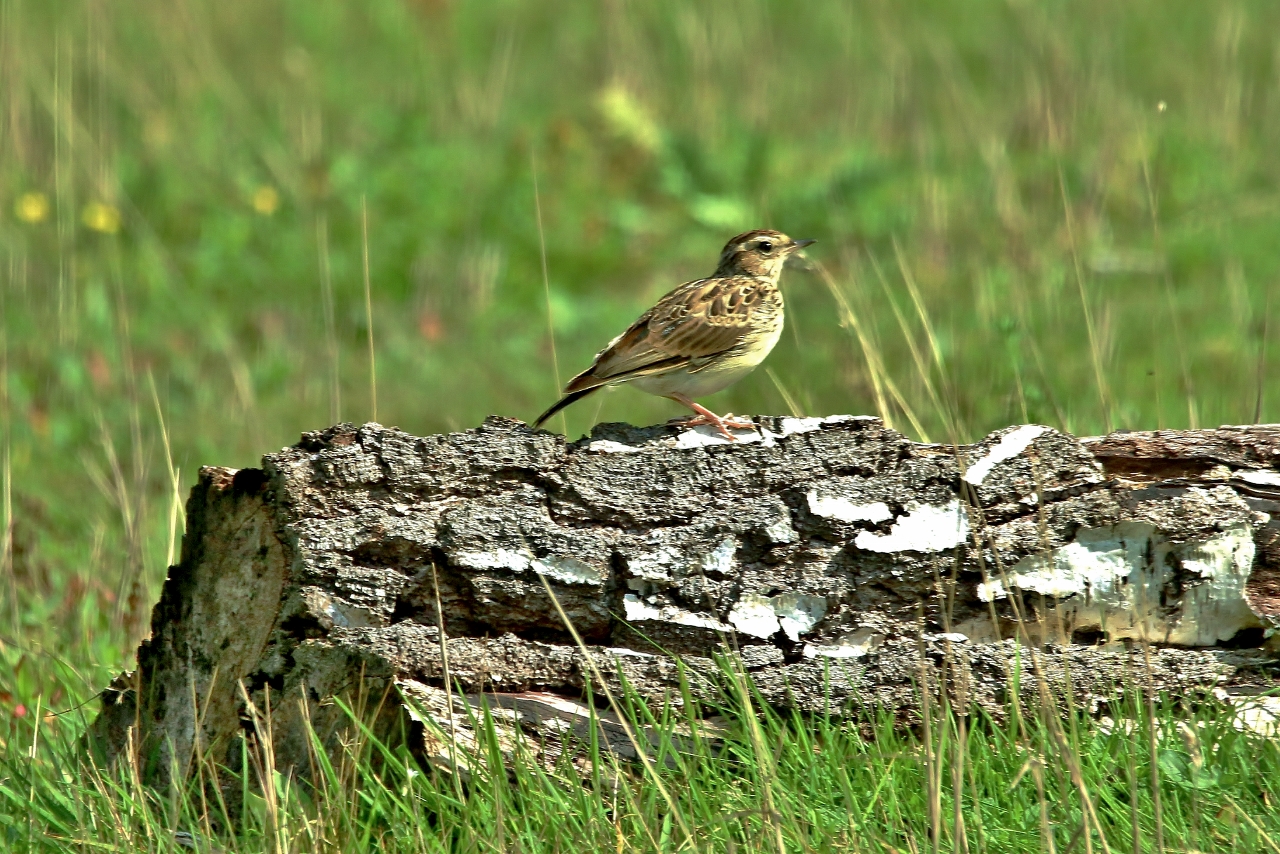








Harry Eve
October 4, 2017 at 8:04 am
The photograph of the southern hawker is excellent in my opinion – as anyone who has tried to do something similar may testify.
Not only has it been captured in flight but you can see the features that distinguish this species very clearly.
Notice the angle of the head. The dragonfly seems to be banking while maintaining a level view. Perhaps something to do with its mastery of flight or maybe it is keeping a watchful eye on Malcolm.
In my experience, southern hawkers often approach people, doubtless causing some trepidation among some. I have even met anglers who claim to have been stung by them but I would not believe their stories about fish they have caught as dragonflies do not a possess a sting.
Malcolm Fincham
October 5, 2017 at 11:32 pm
Thank you Harry for appreciating the time it took me to get a decent photo of a dragonfly that can be so unpredictable in its movements.
As with the fisherman’s tales, you will, no doubt, be too wise to believe that I deliberatly chose the moment, so as to distinguish this species so very clearly.
I do find, one has to carry a little luck at times when it comes to photography.
Harry Eve
October 13, 2017 at 8:43 pm
Coincidentally, I noticed a Southern Hawker patrolling over Peak’s Pond in the Castle Gardens – on Thursday at lunchtime. More importantly, others had noticed it too and were clearly fascinated. The warm weather expected over the next few days should provide further opportunities to watch dragonflies at this pond.